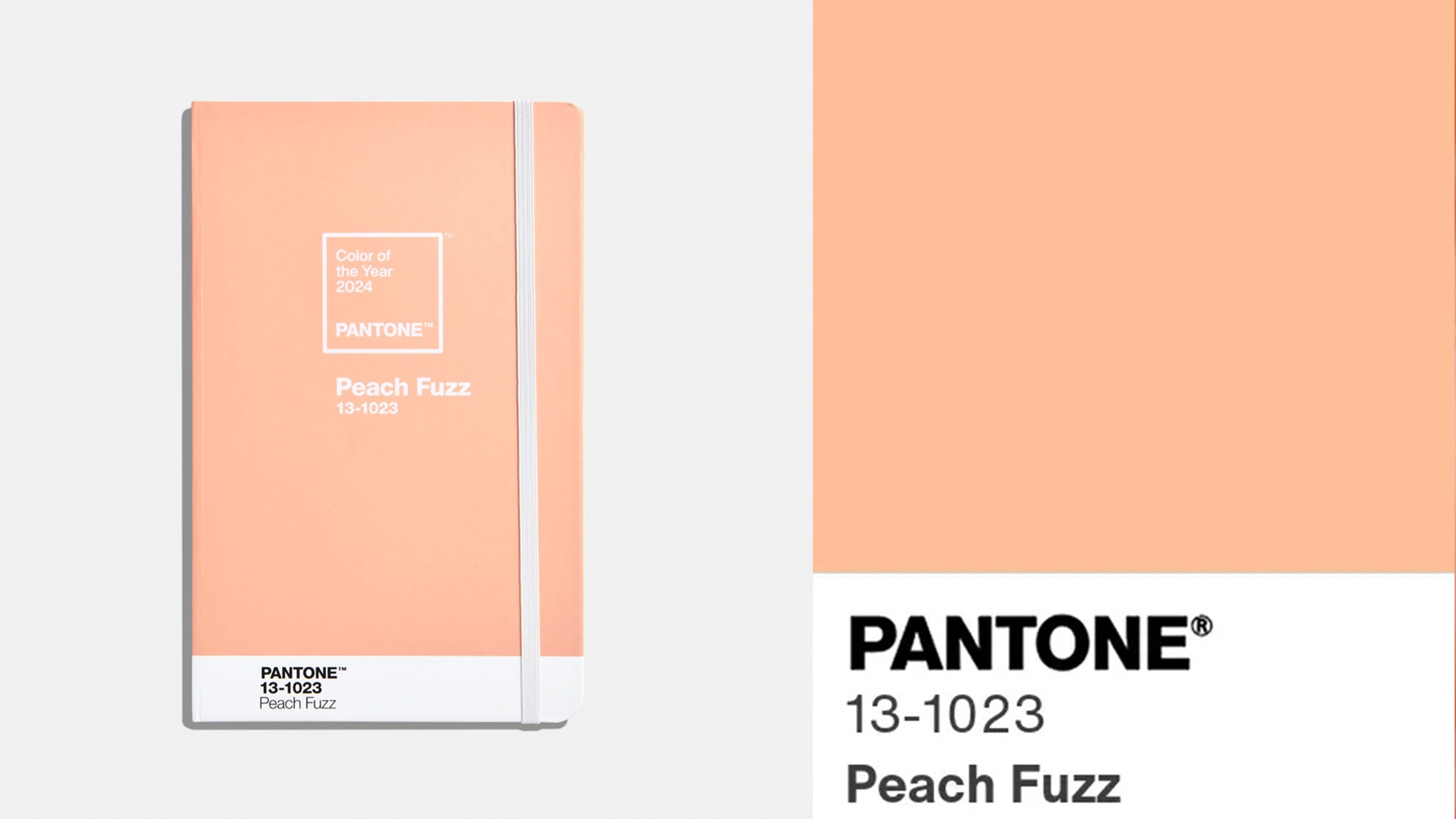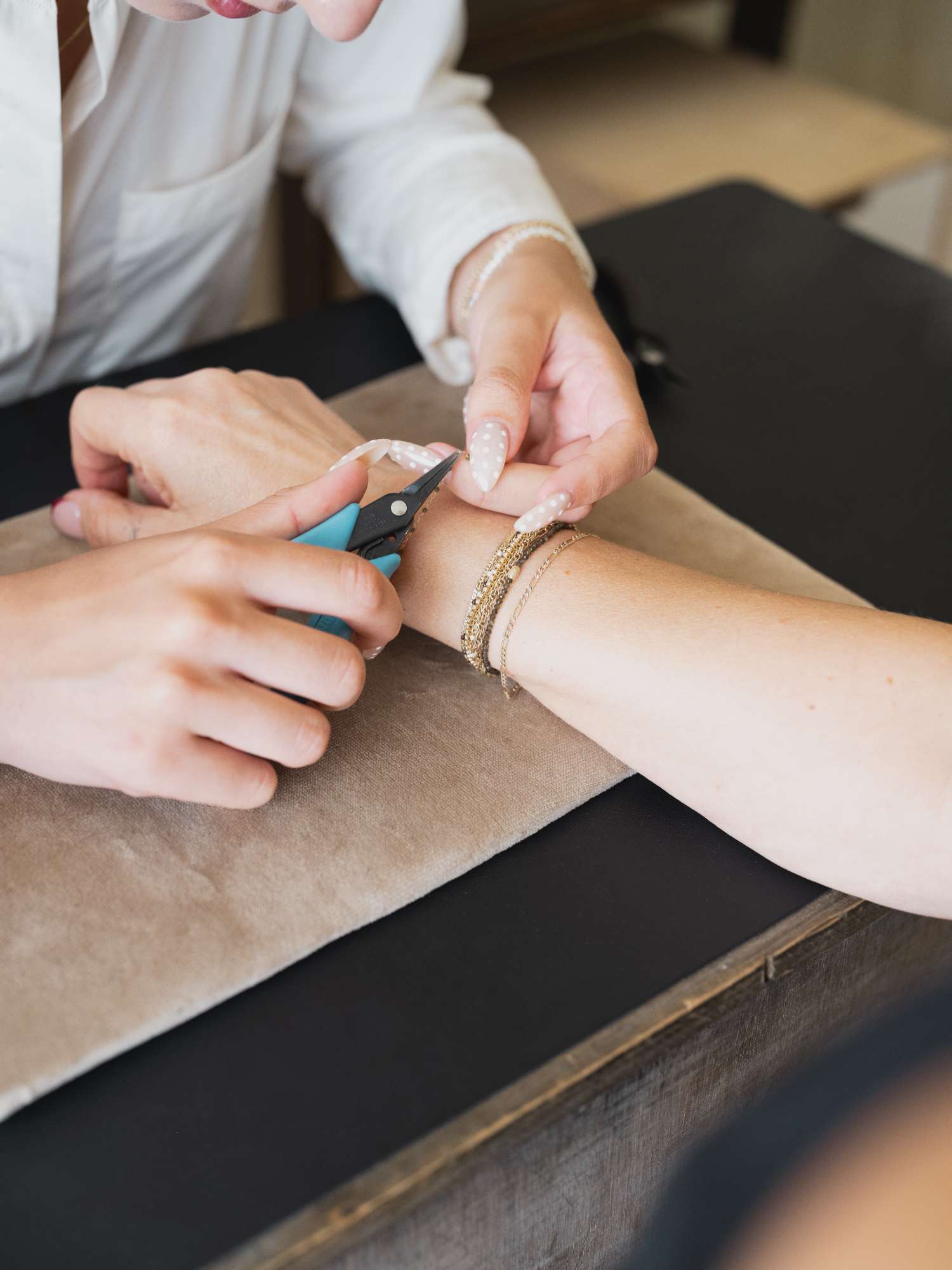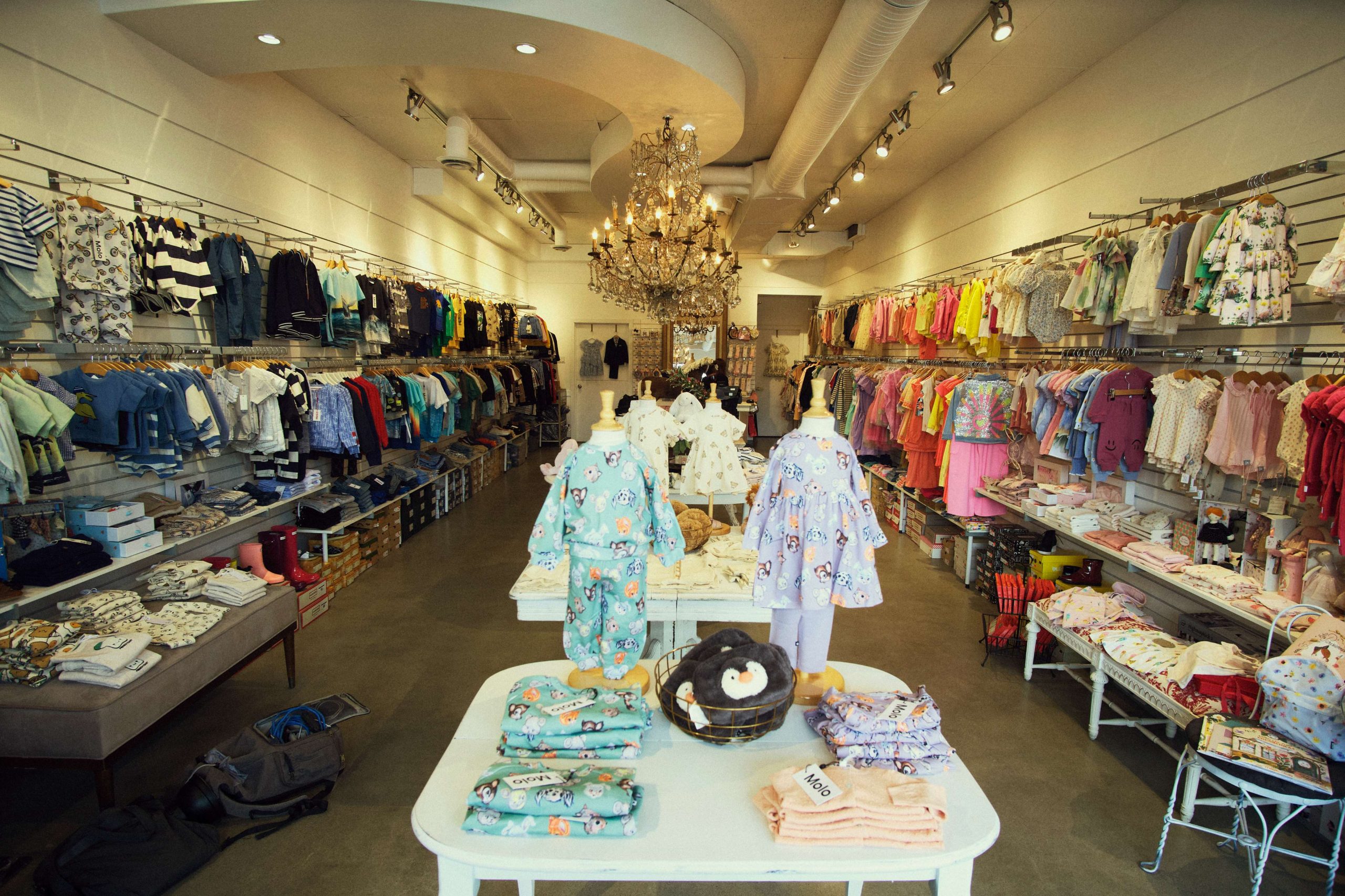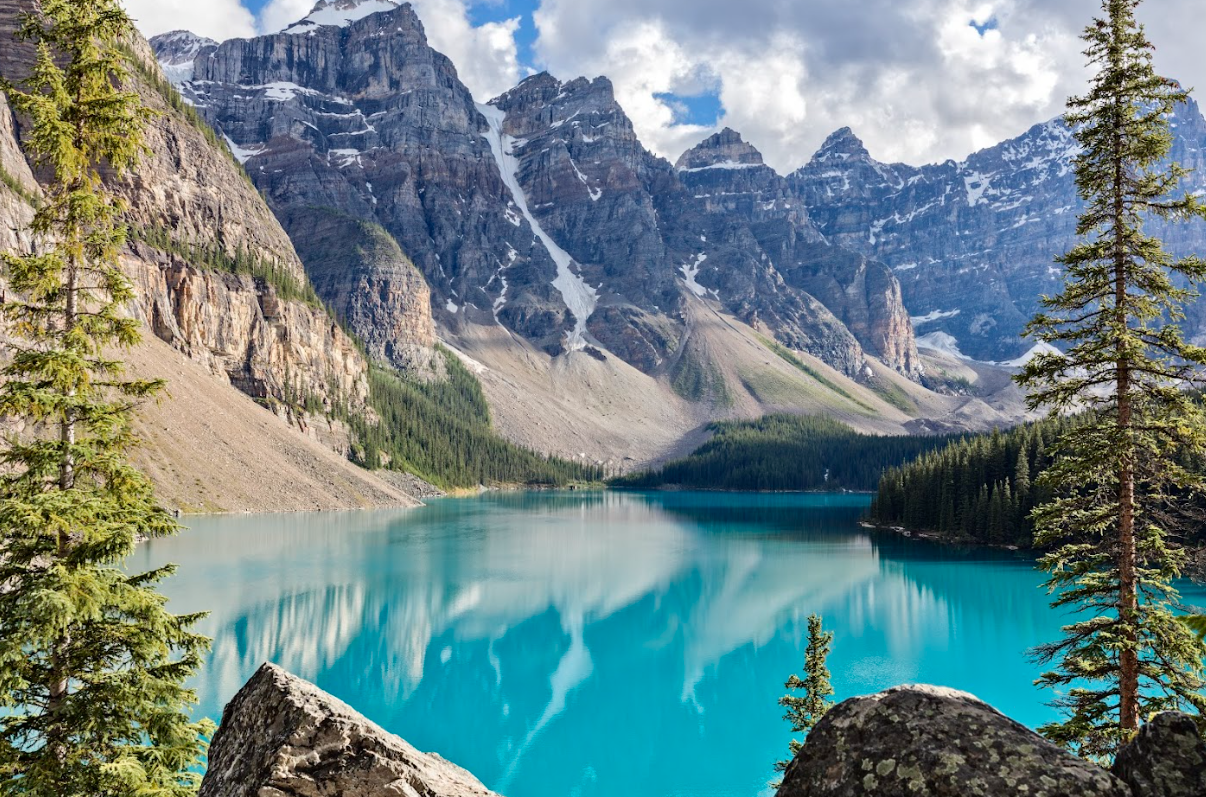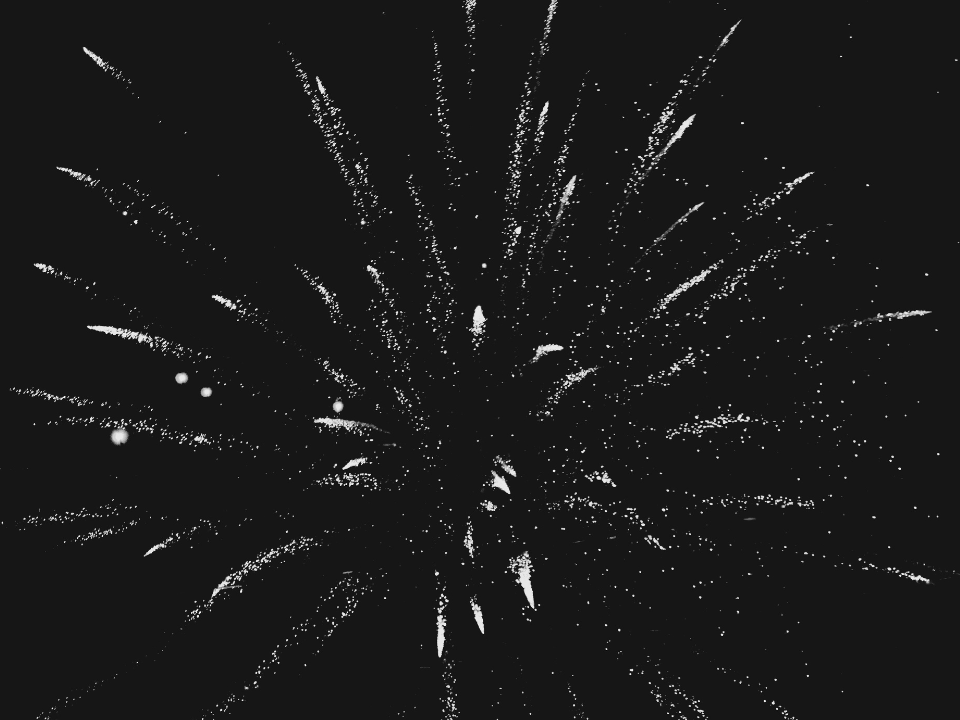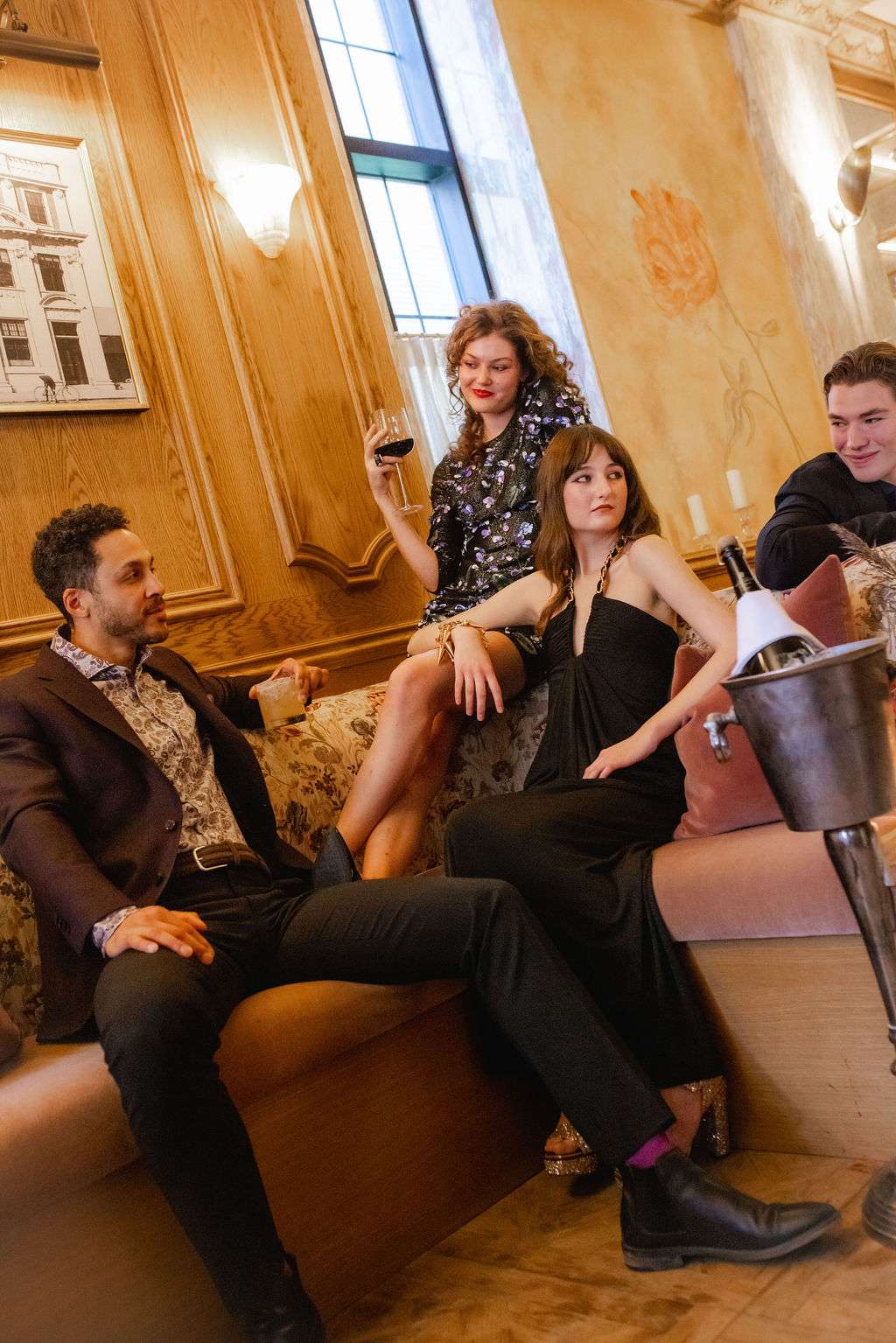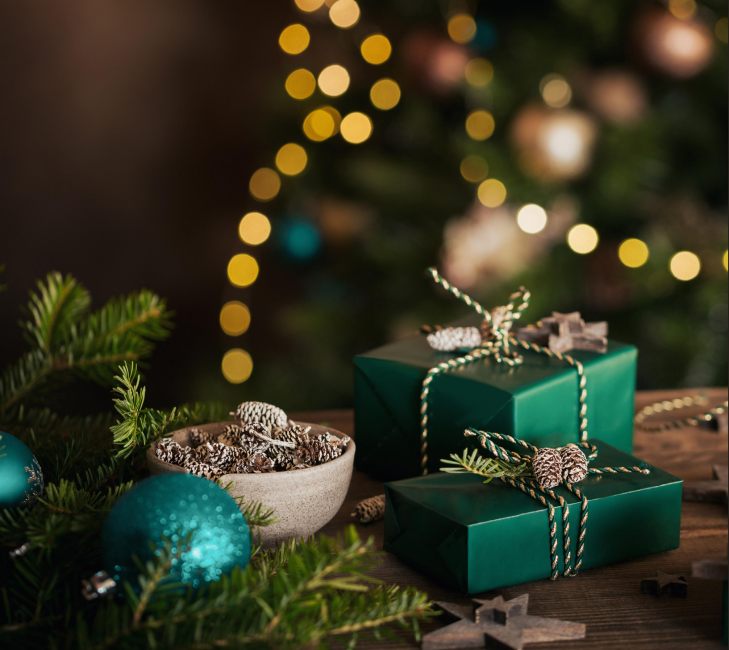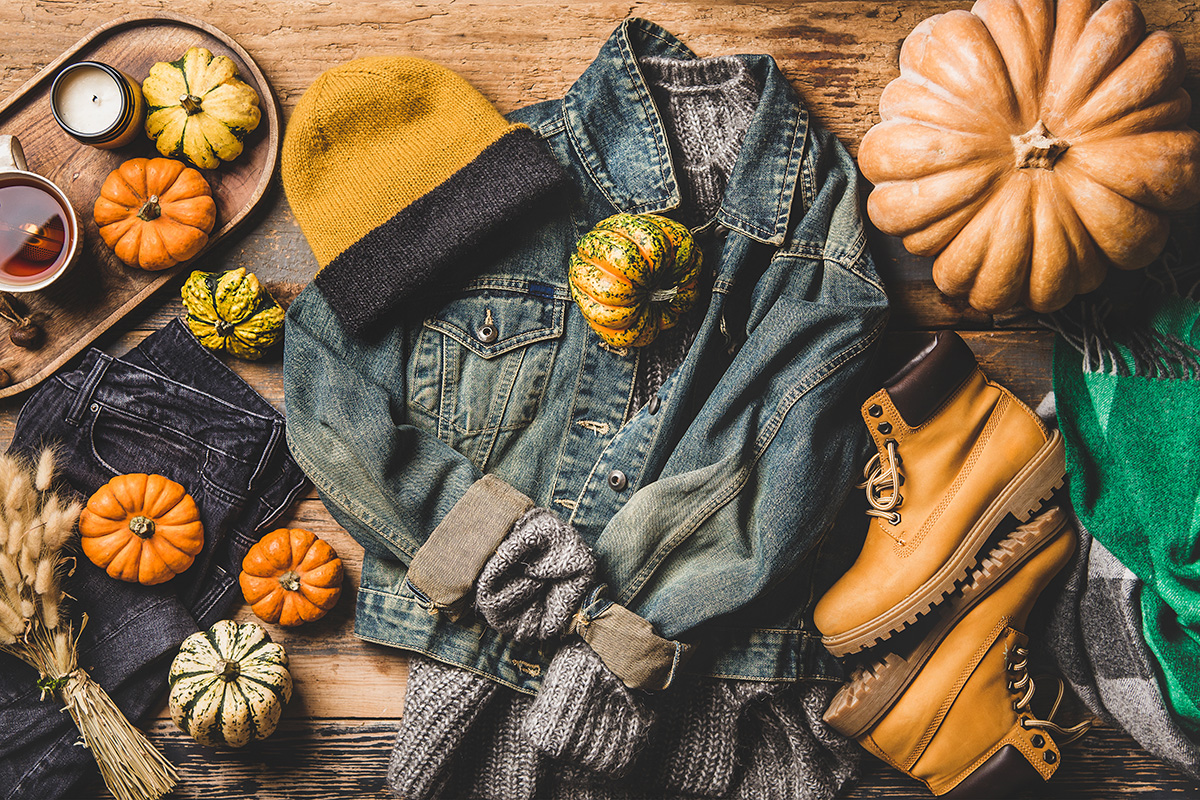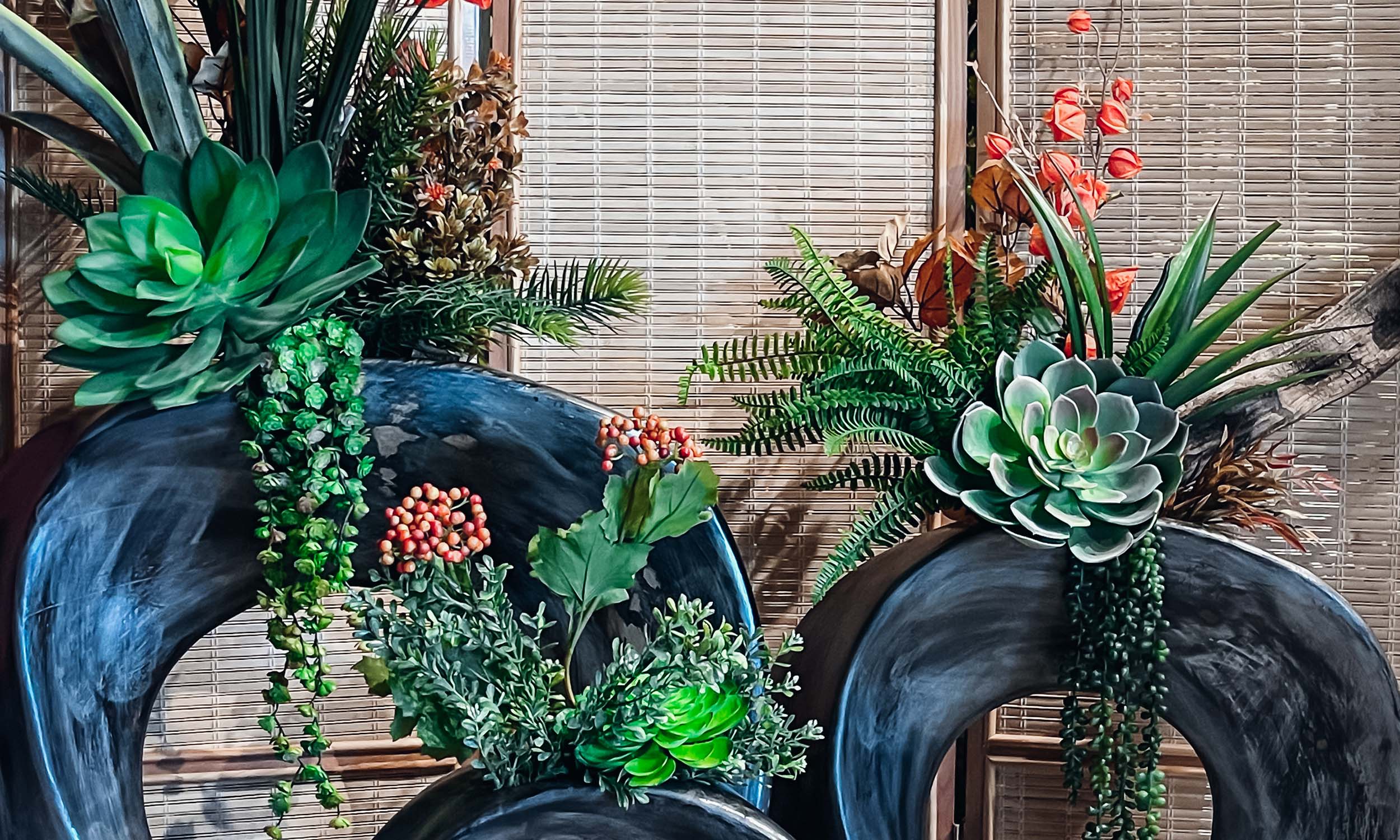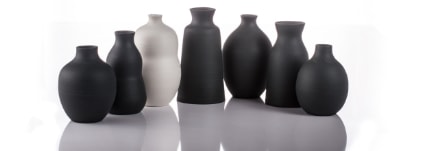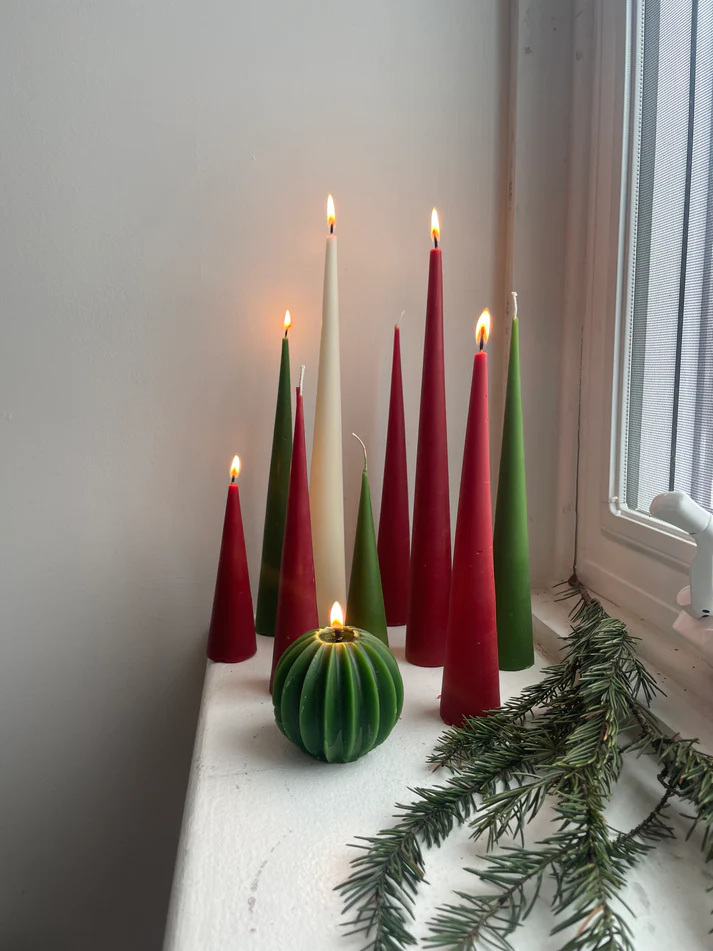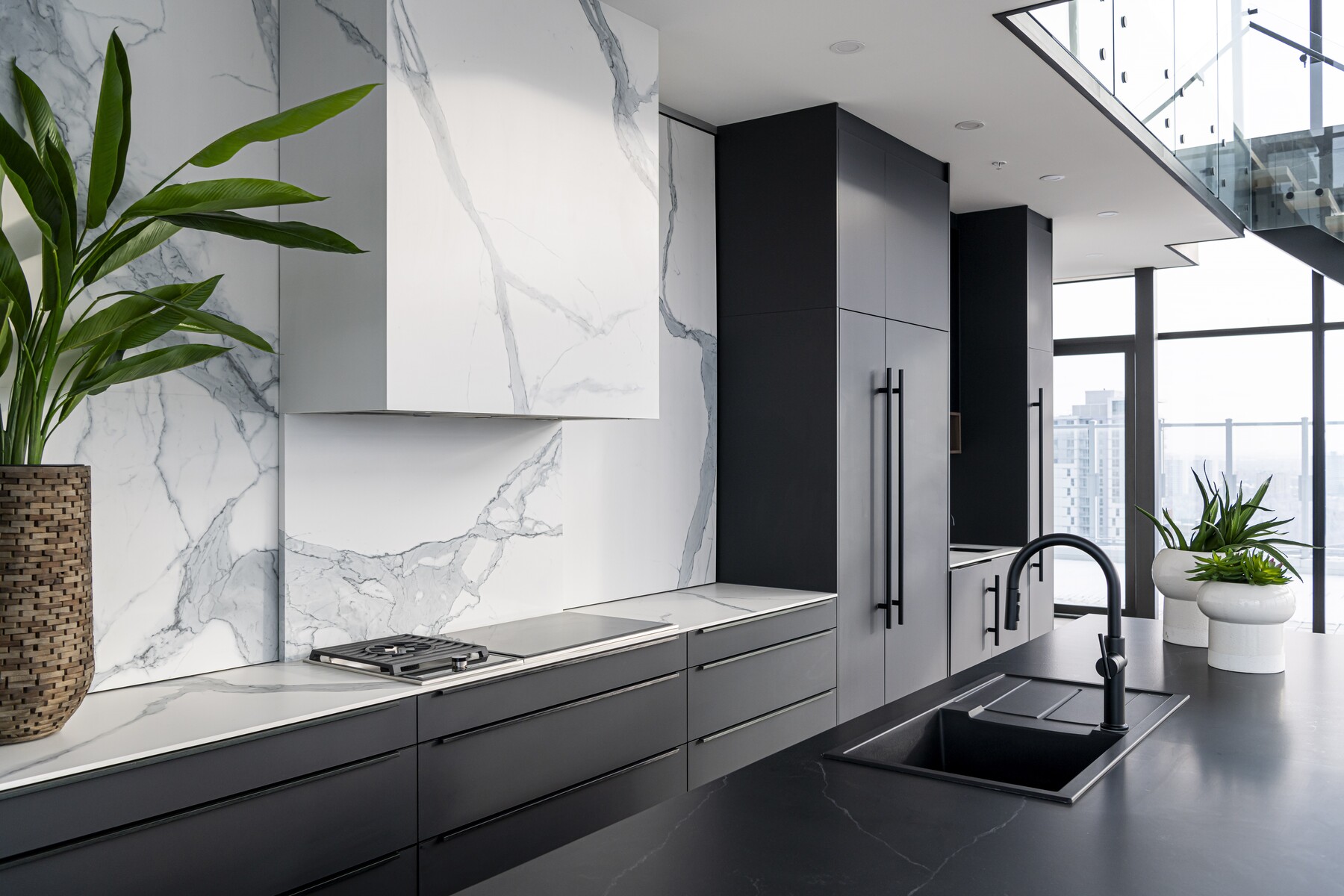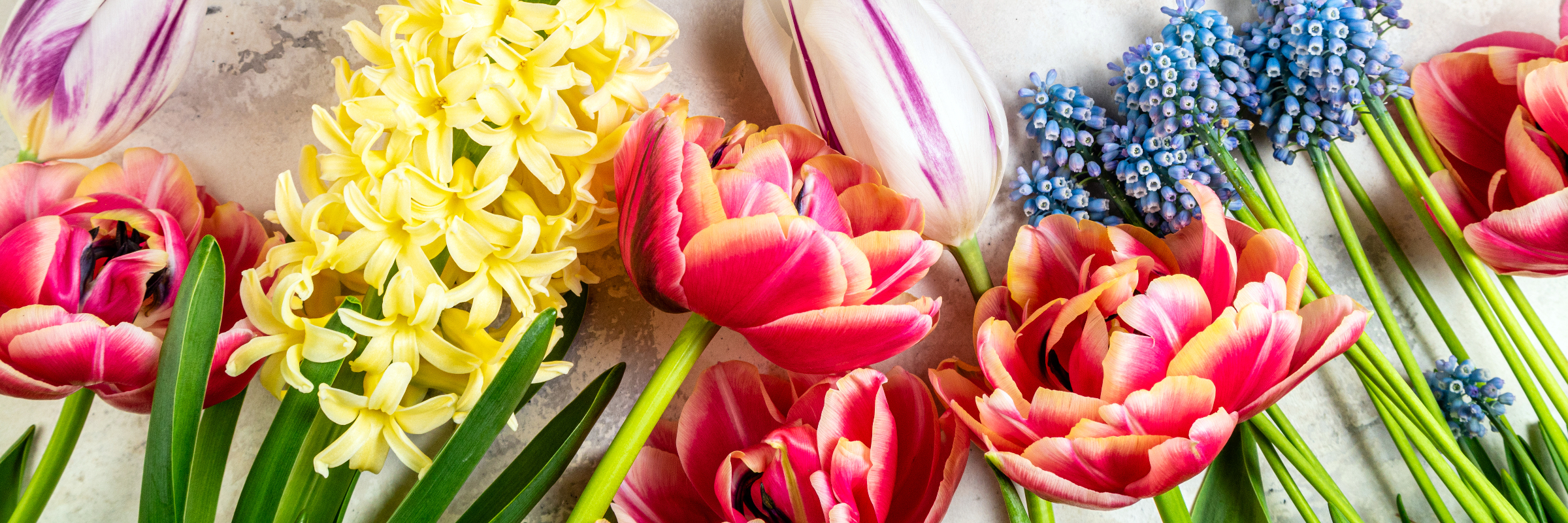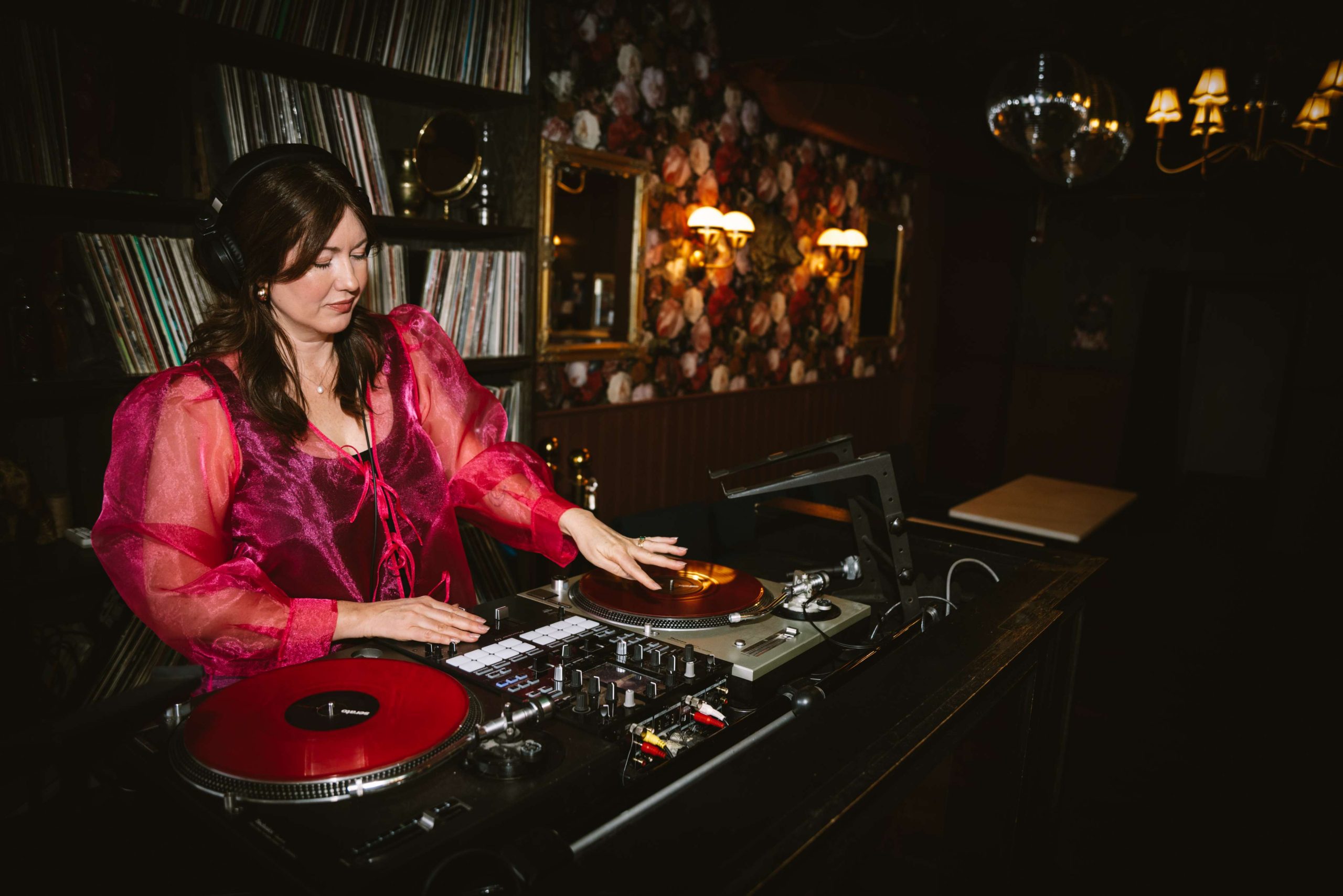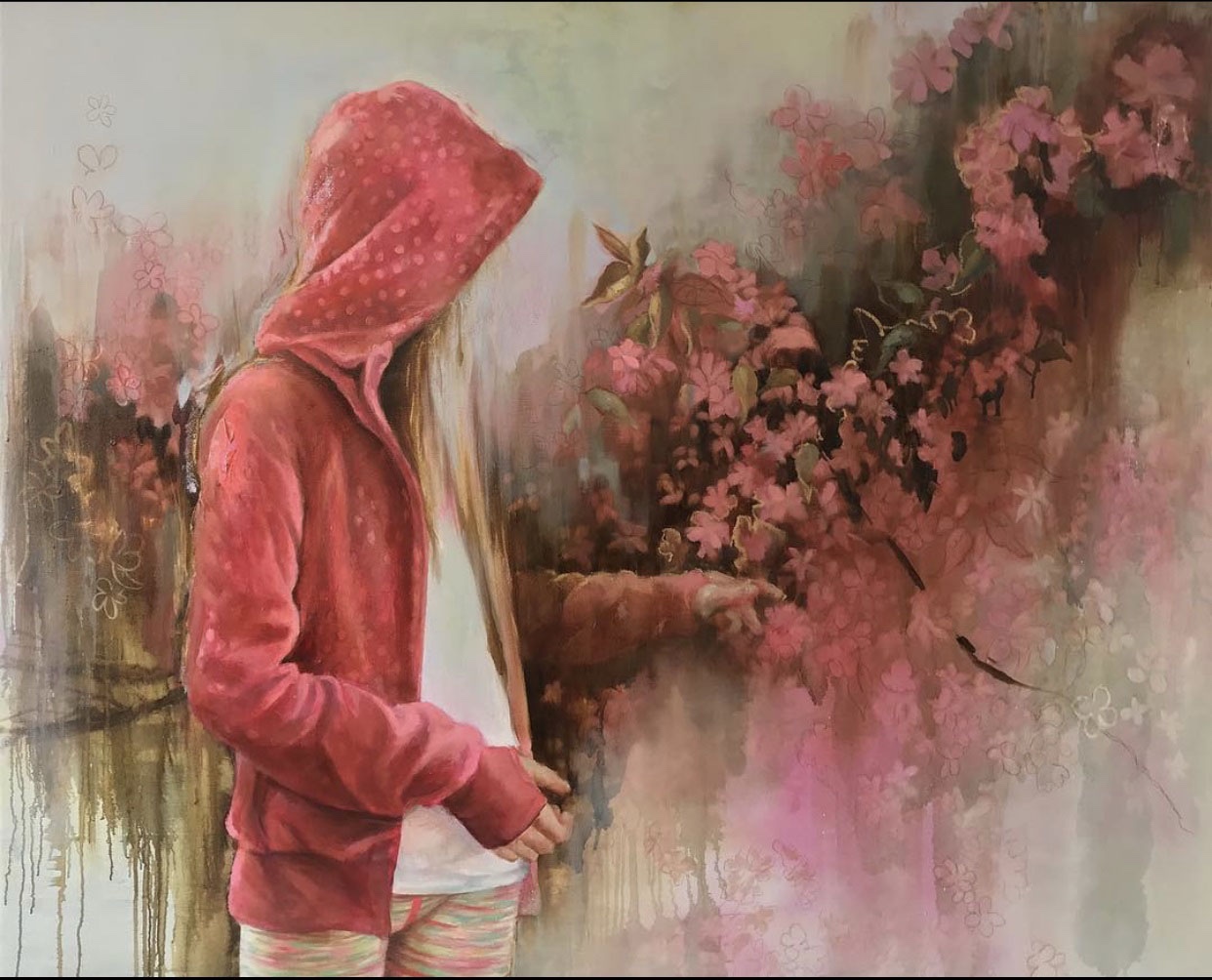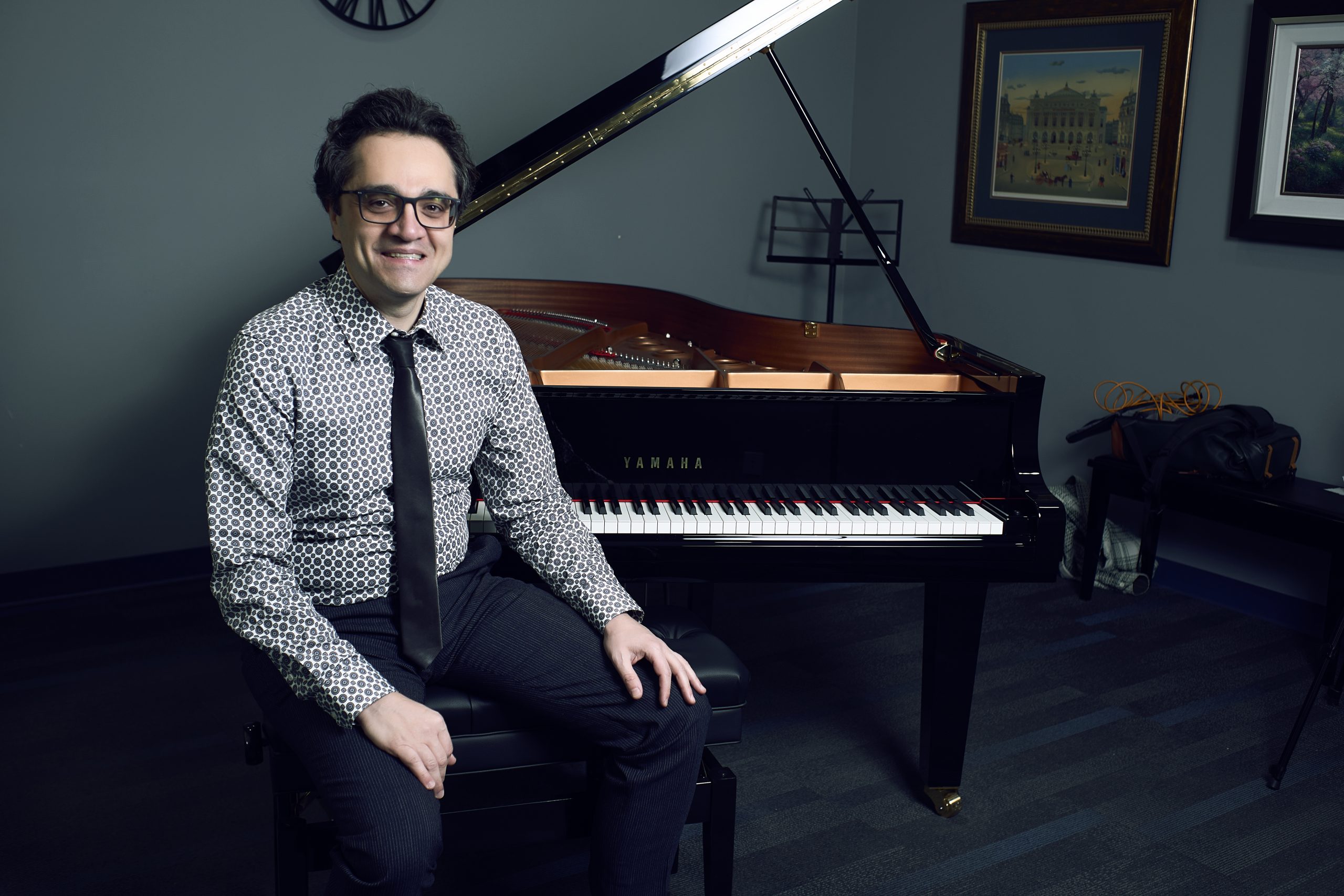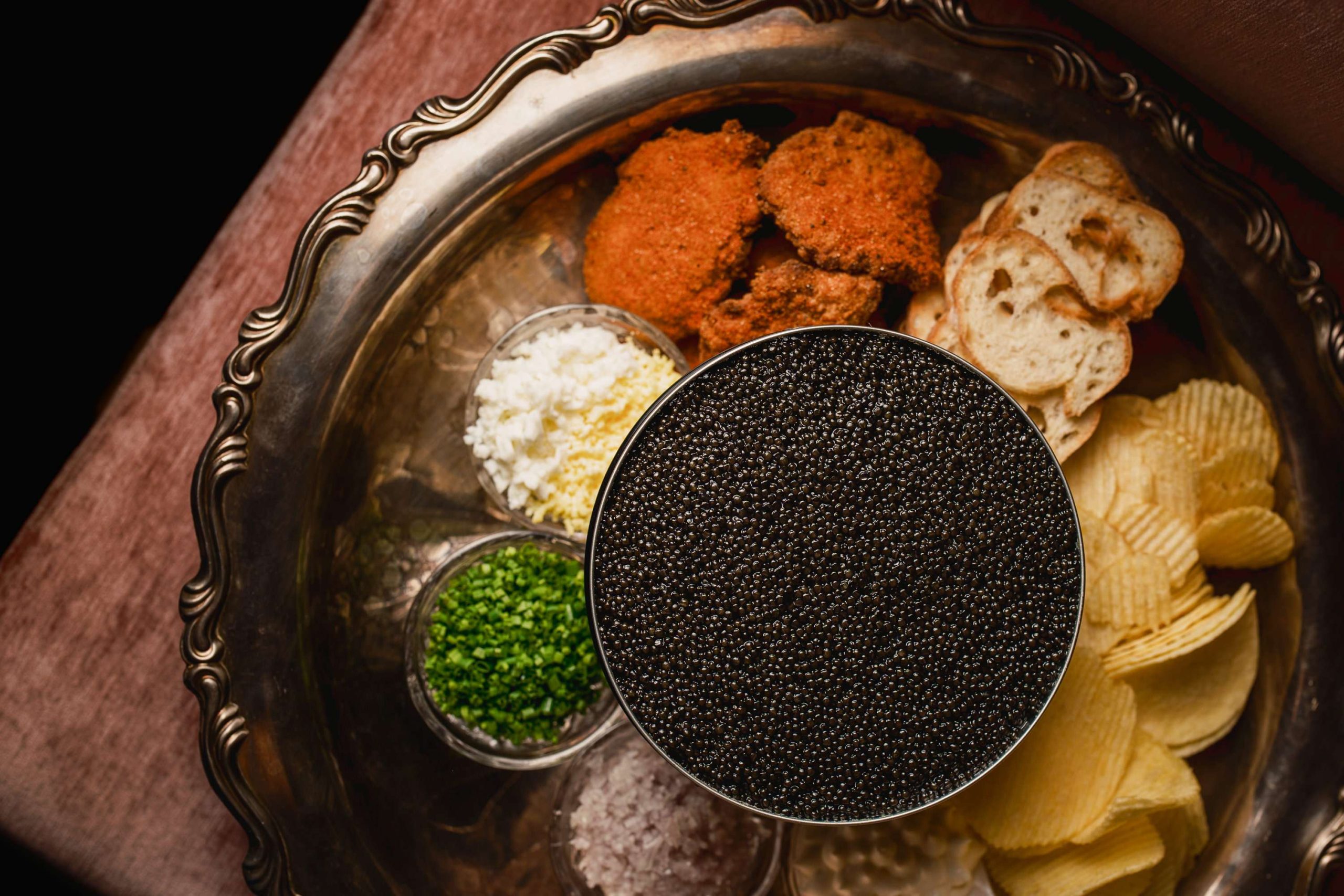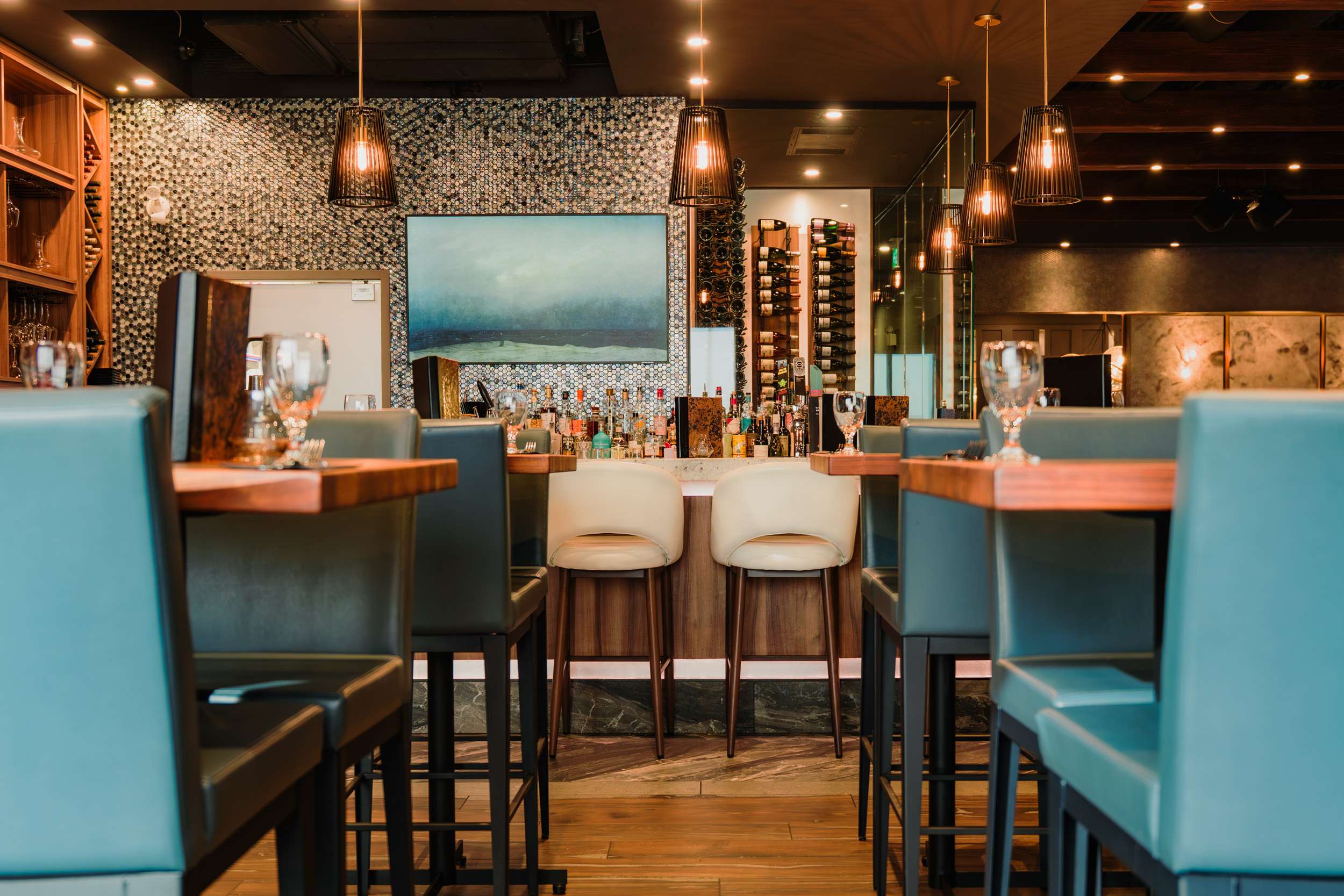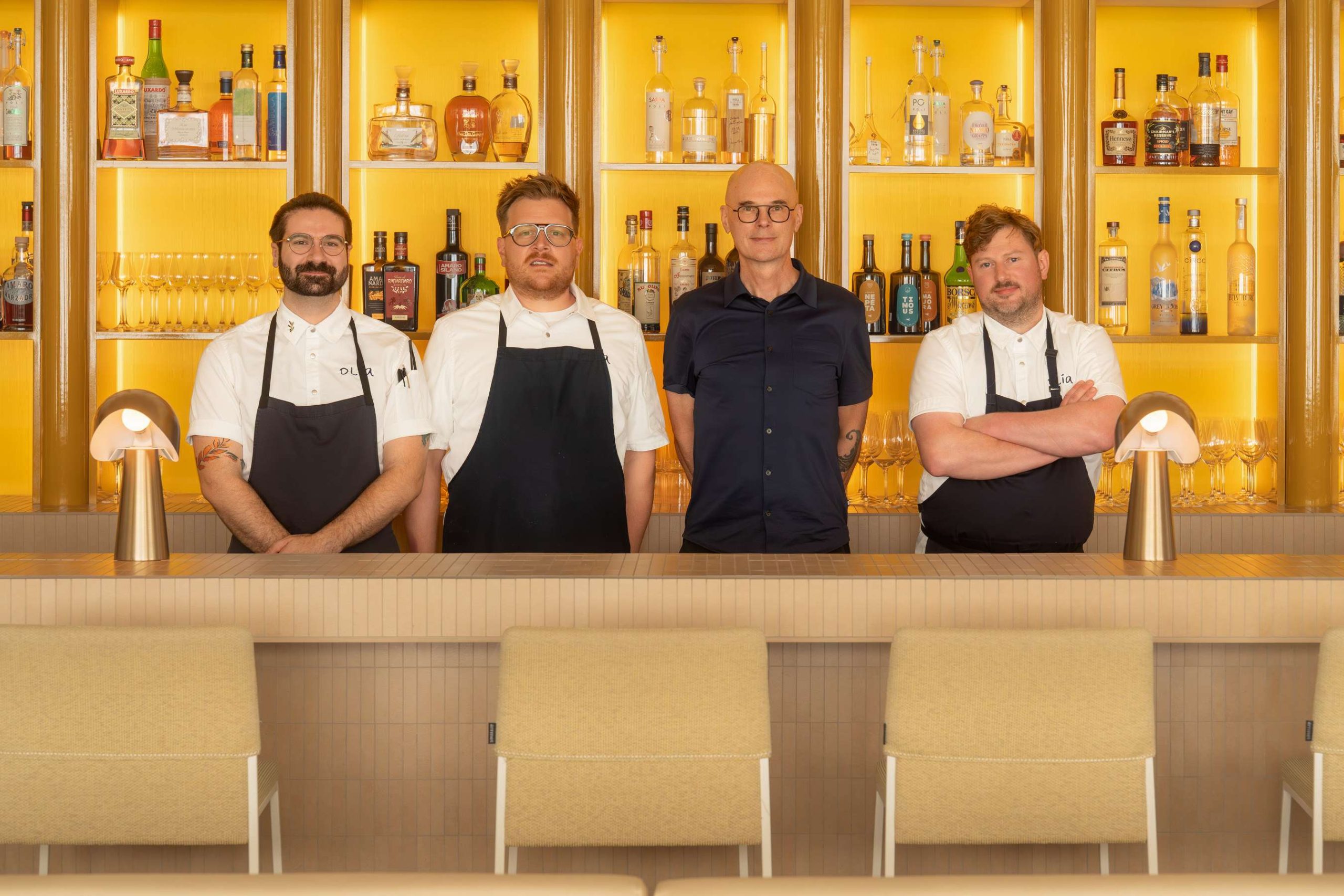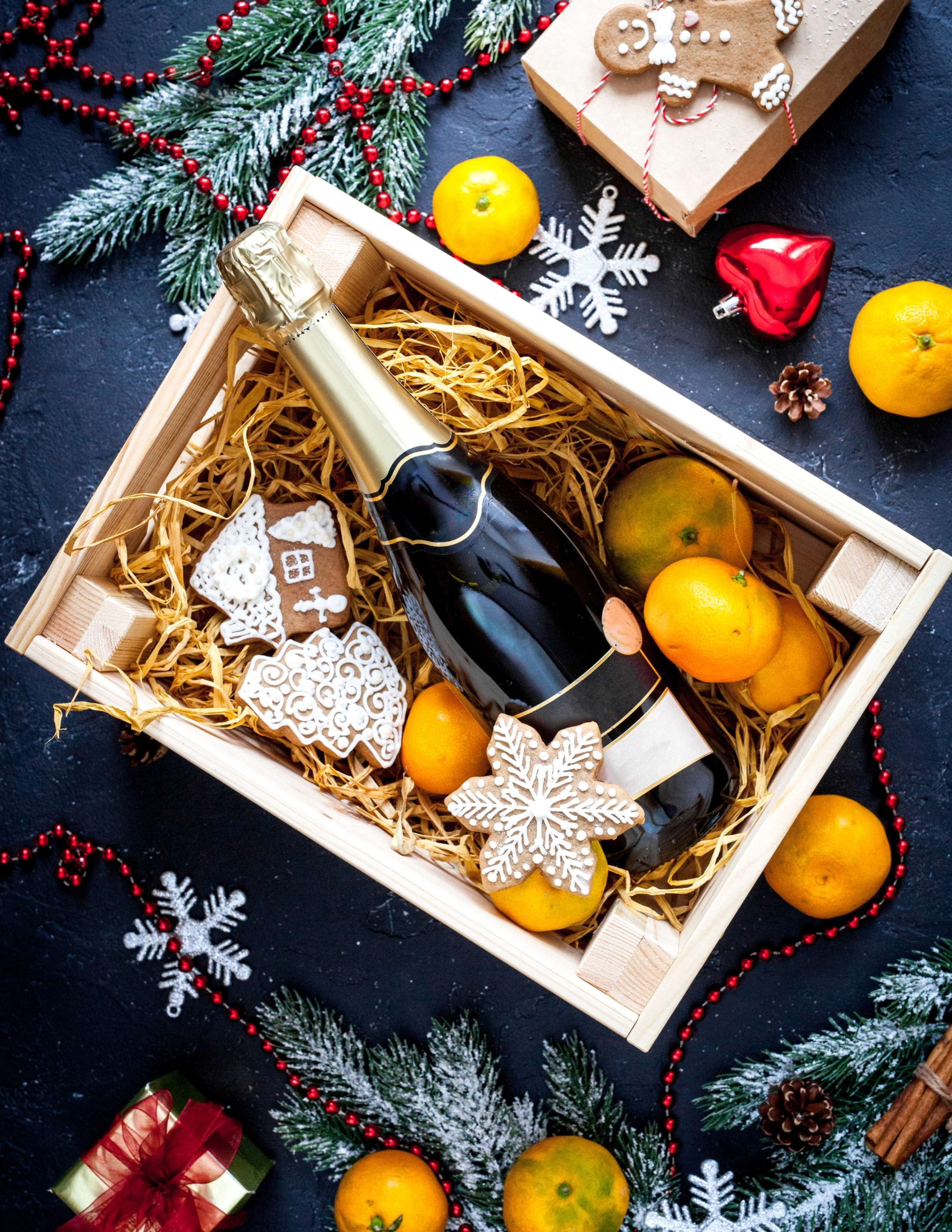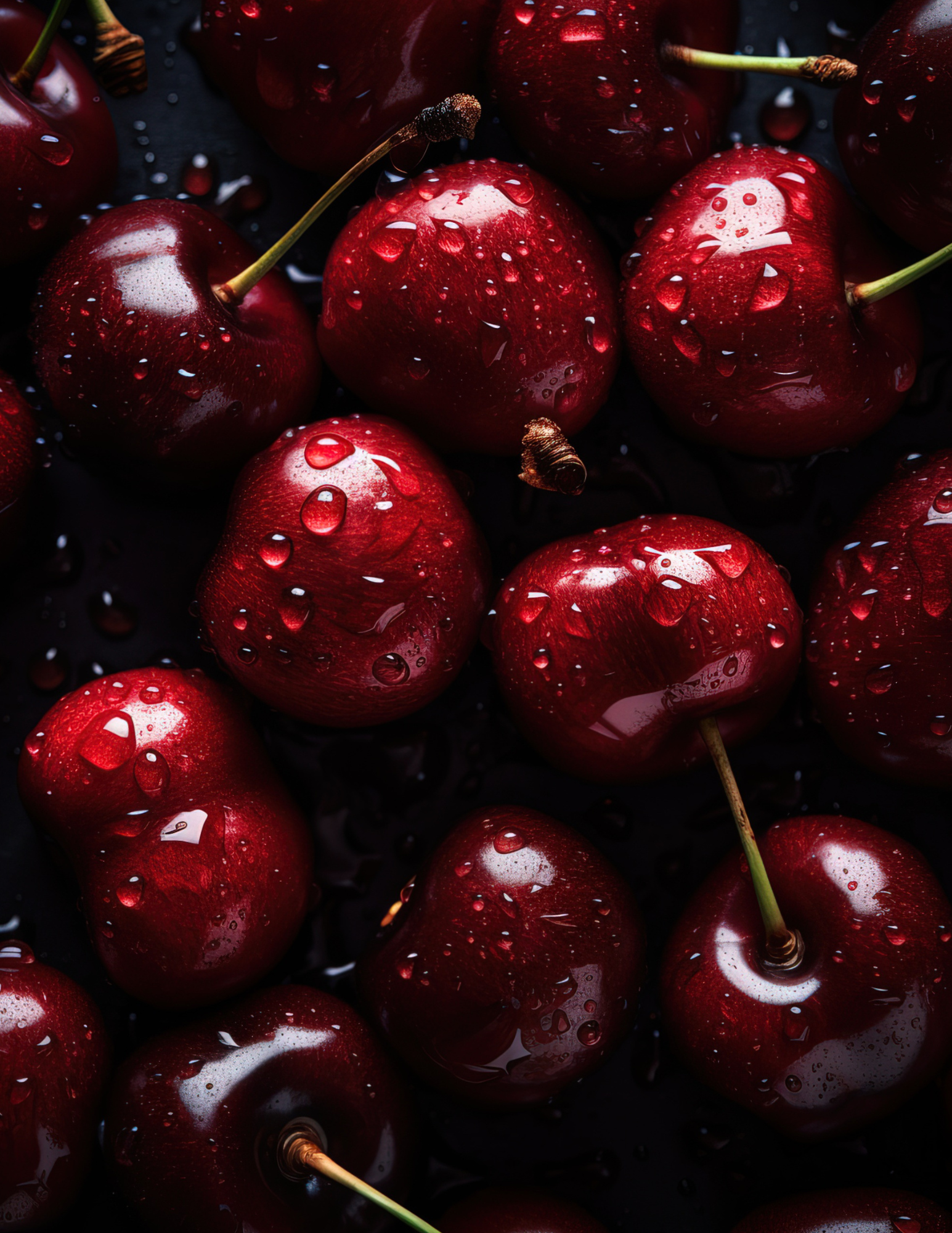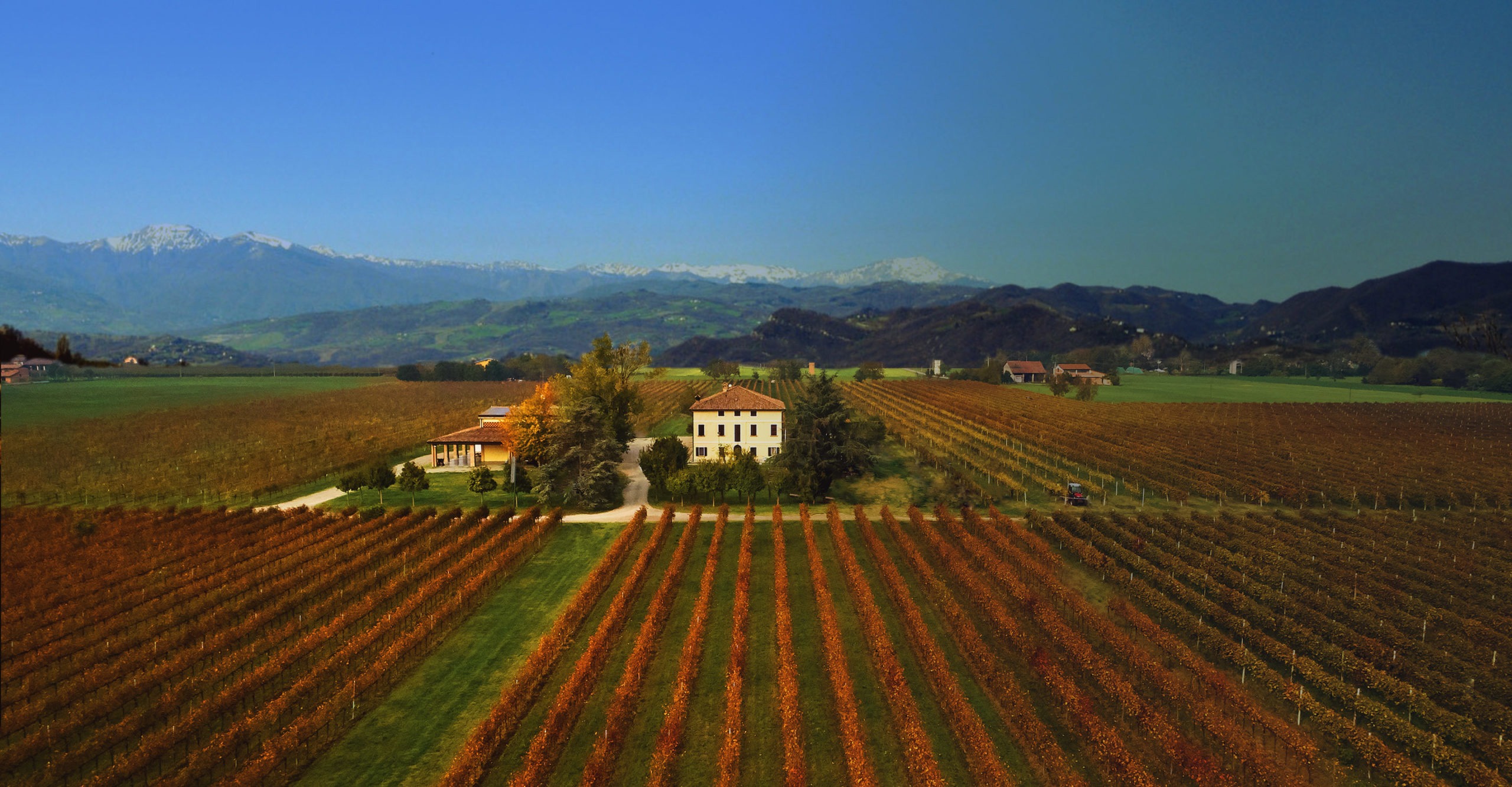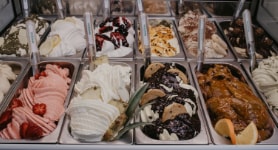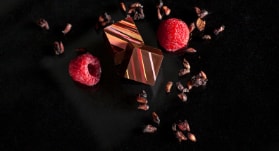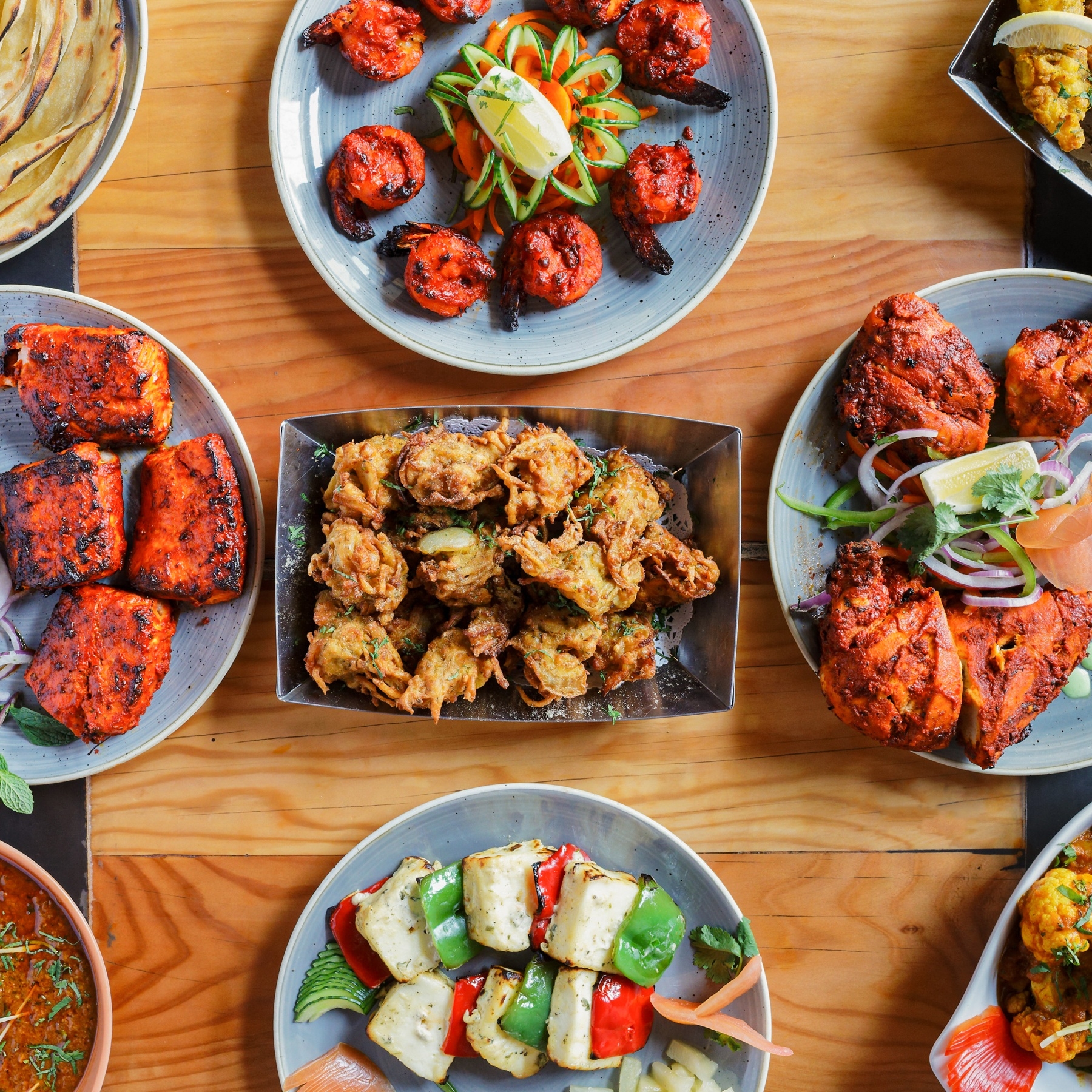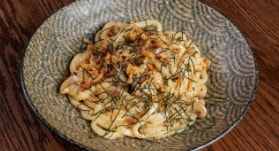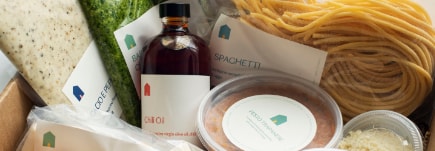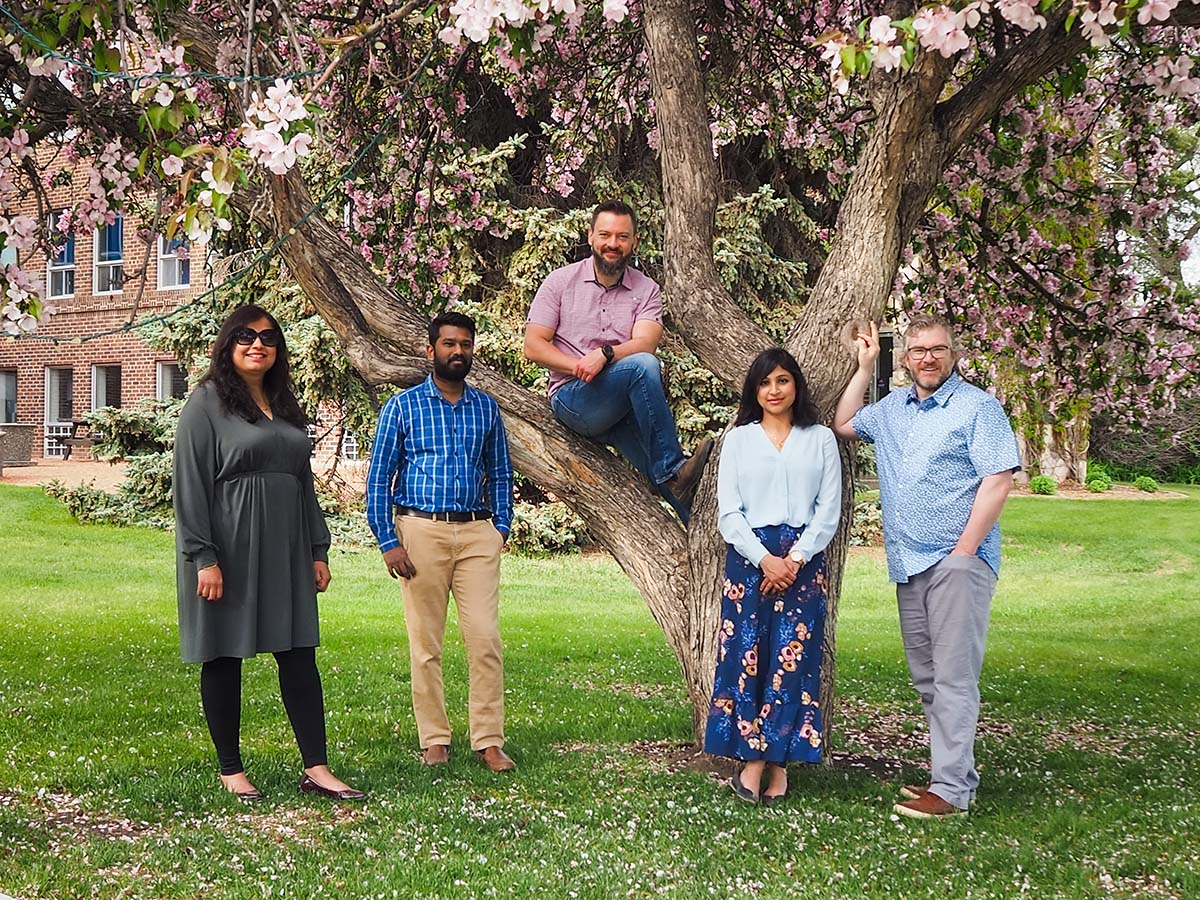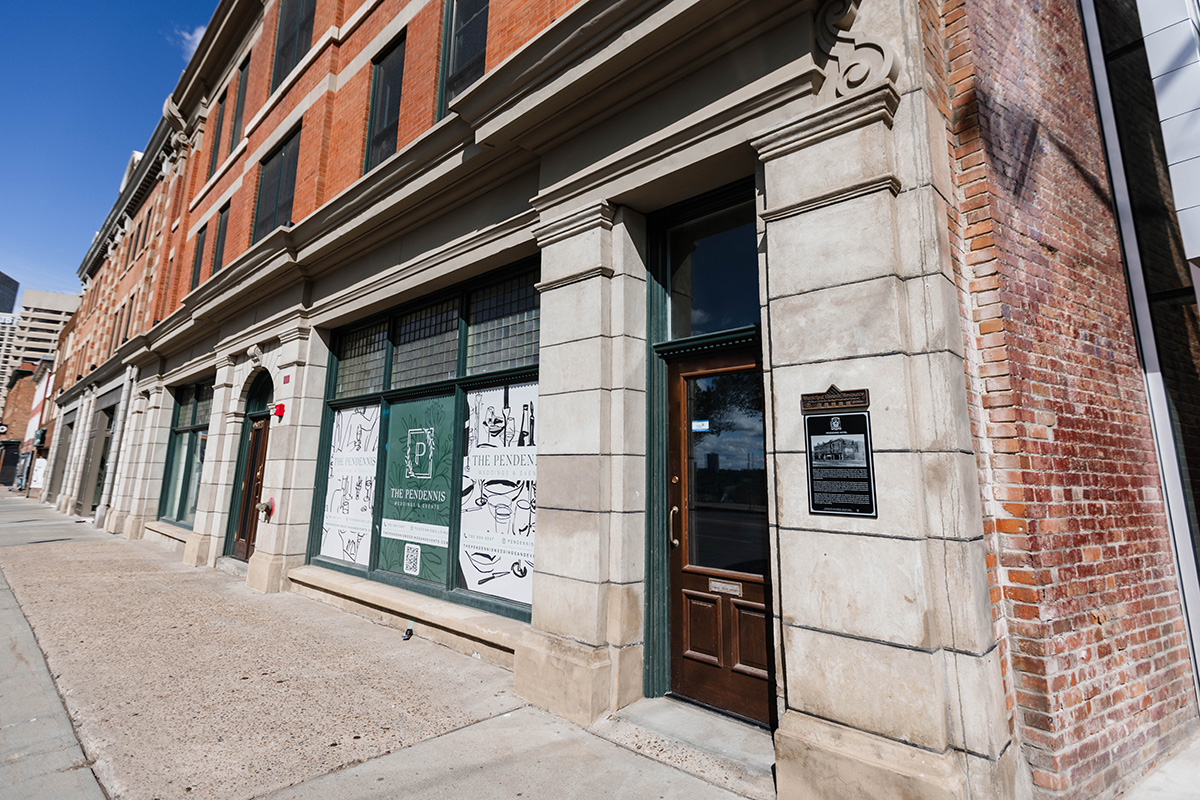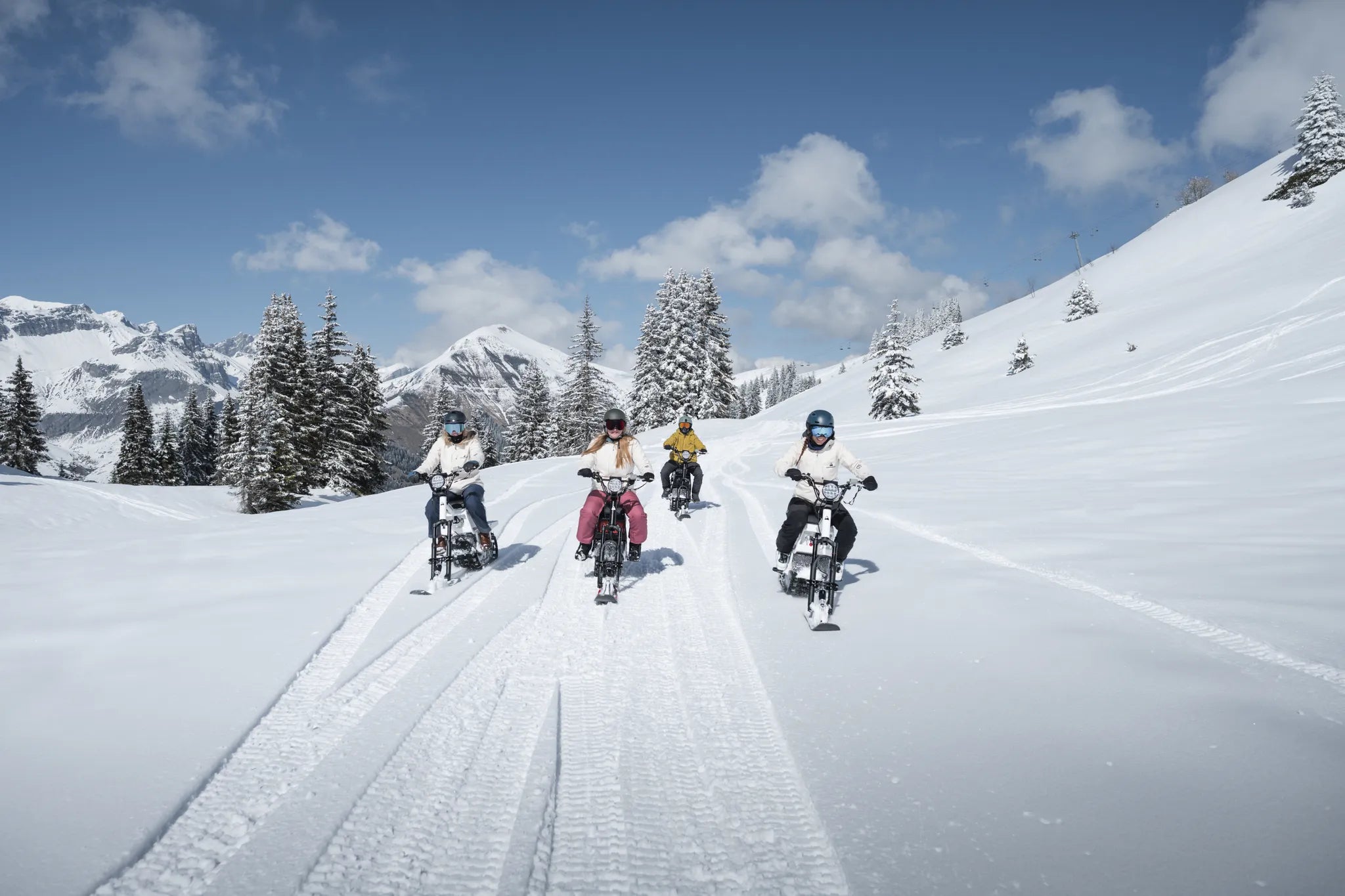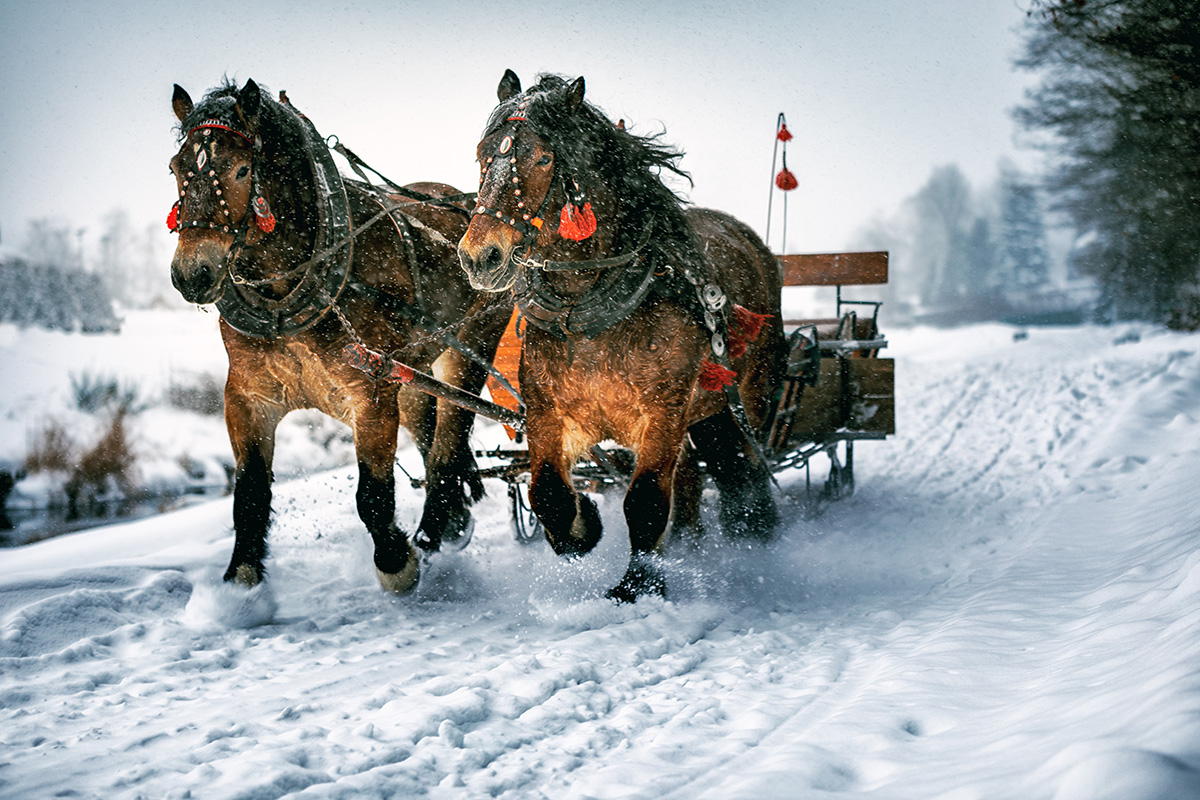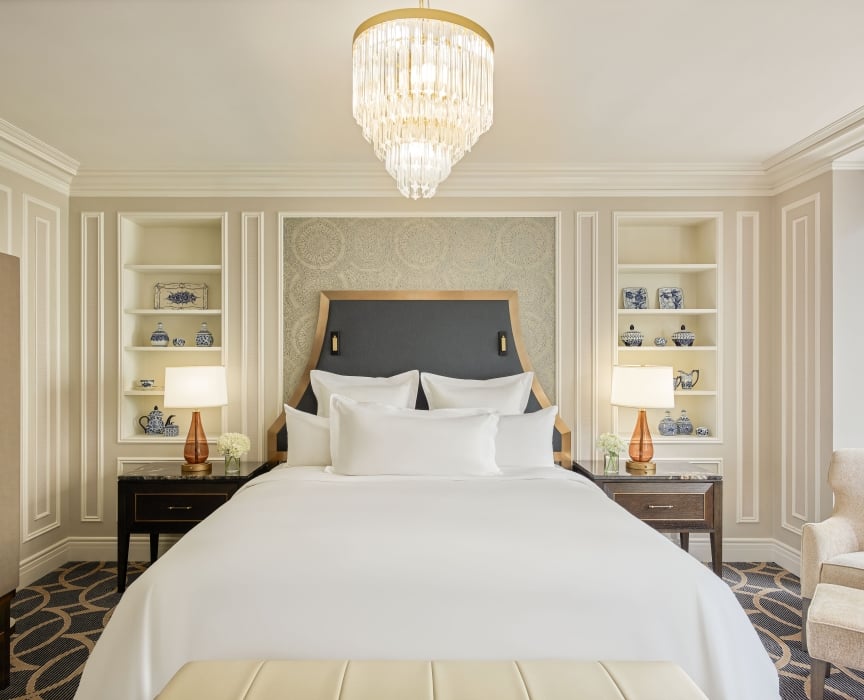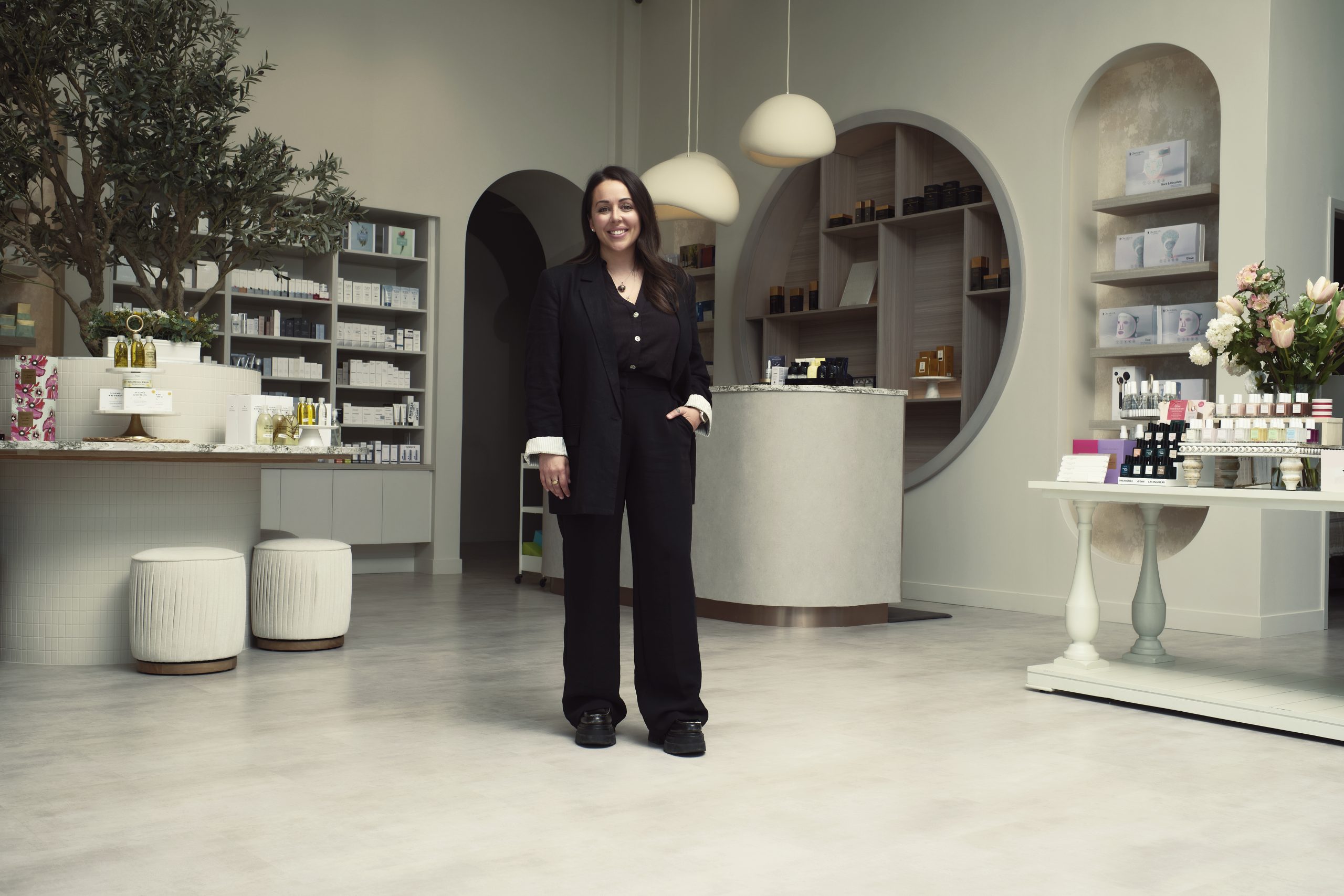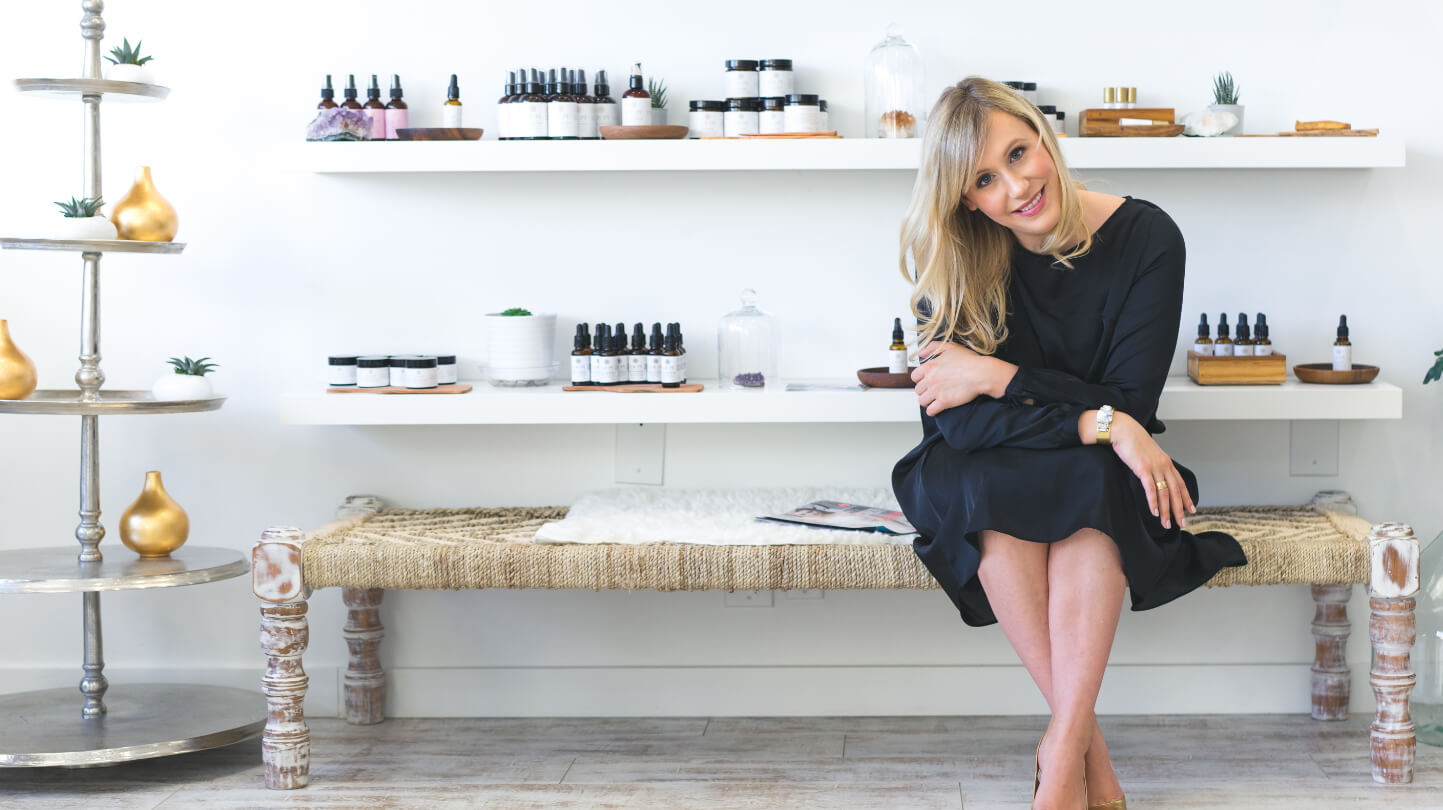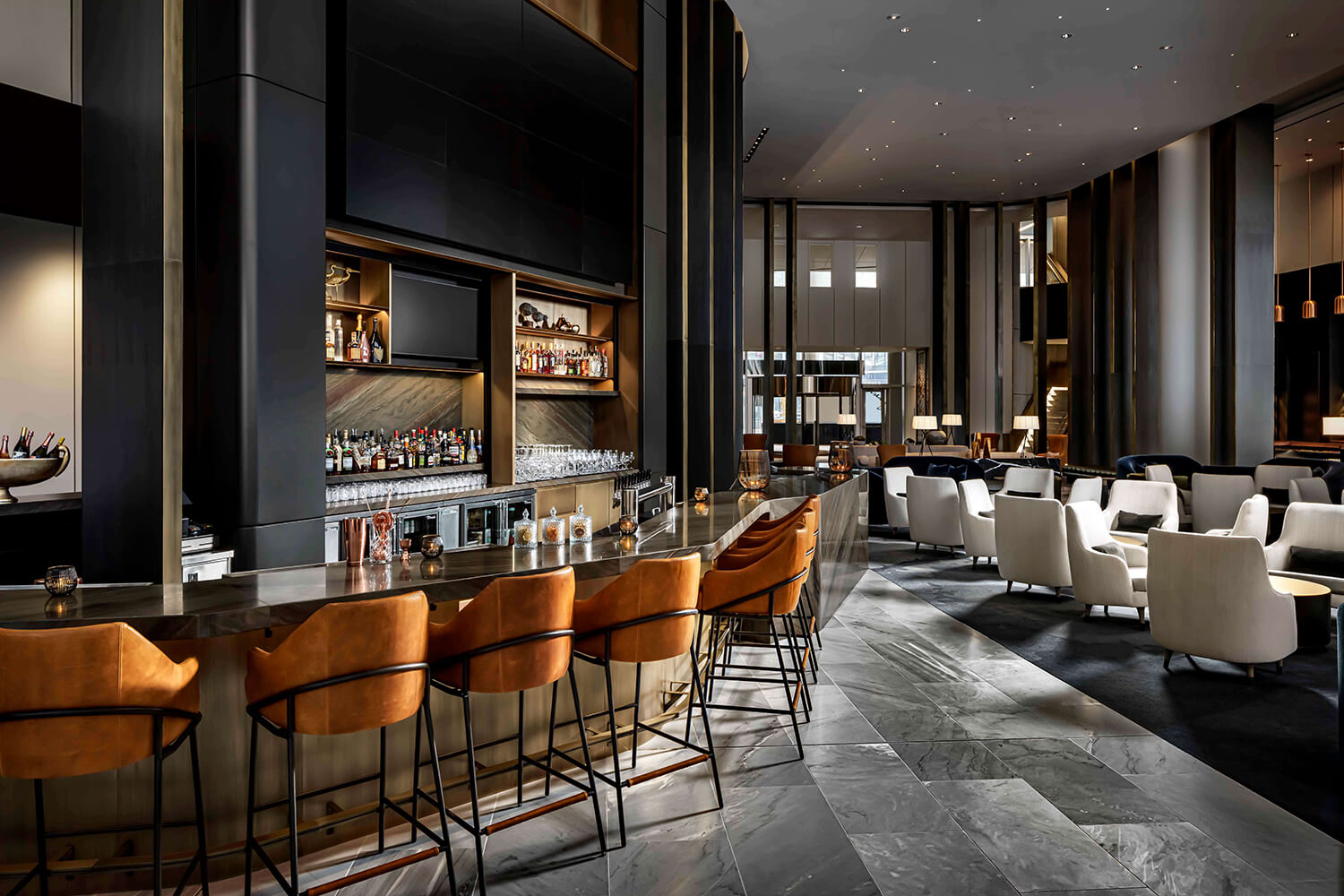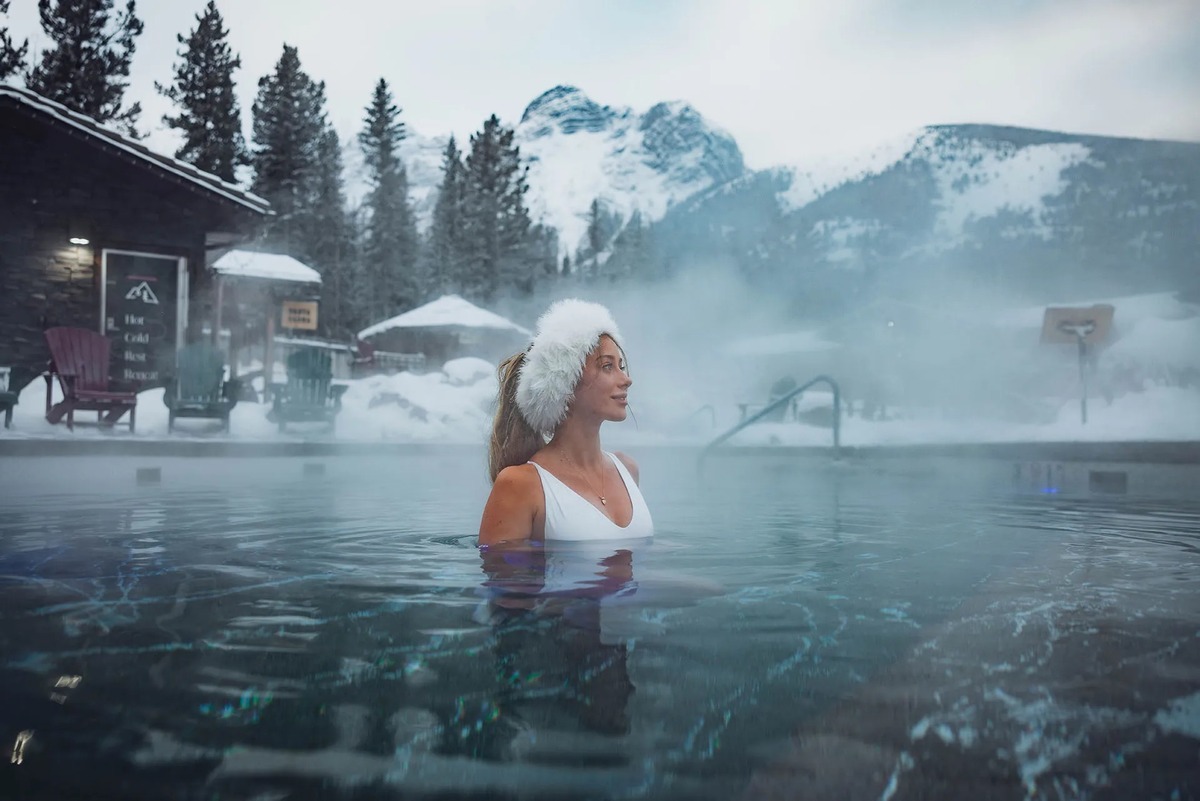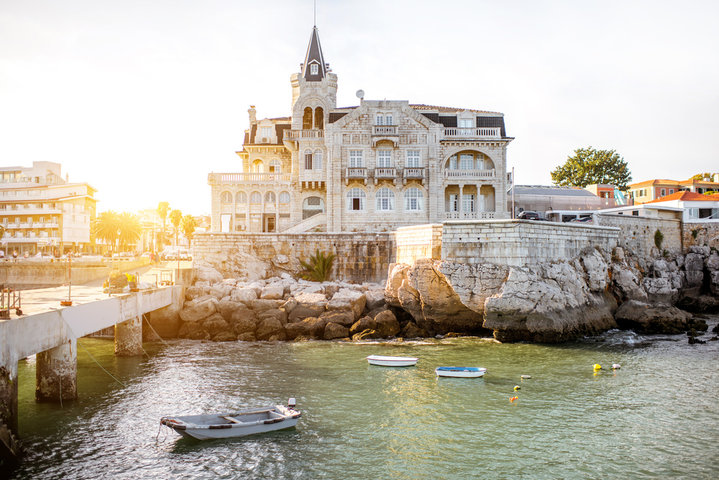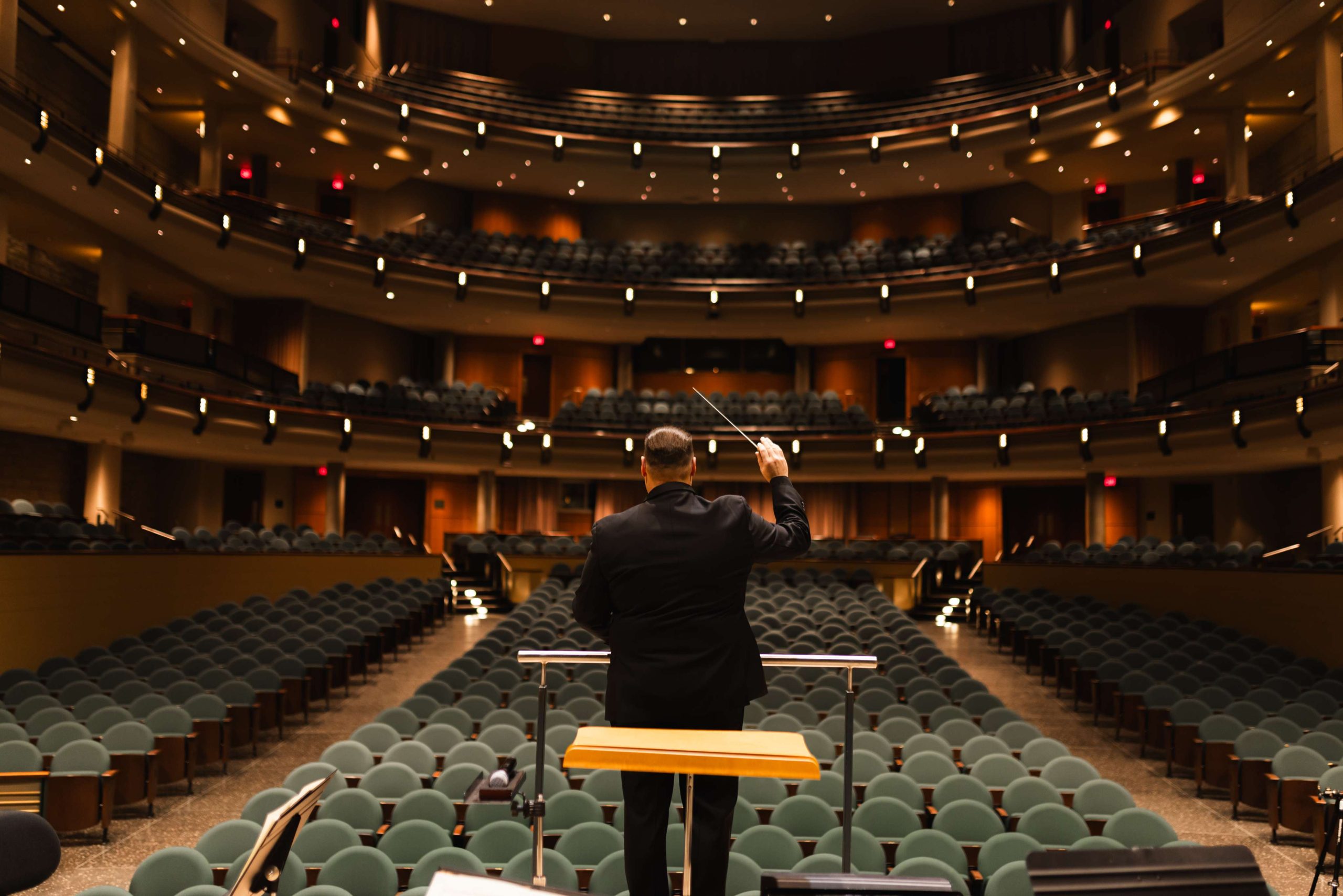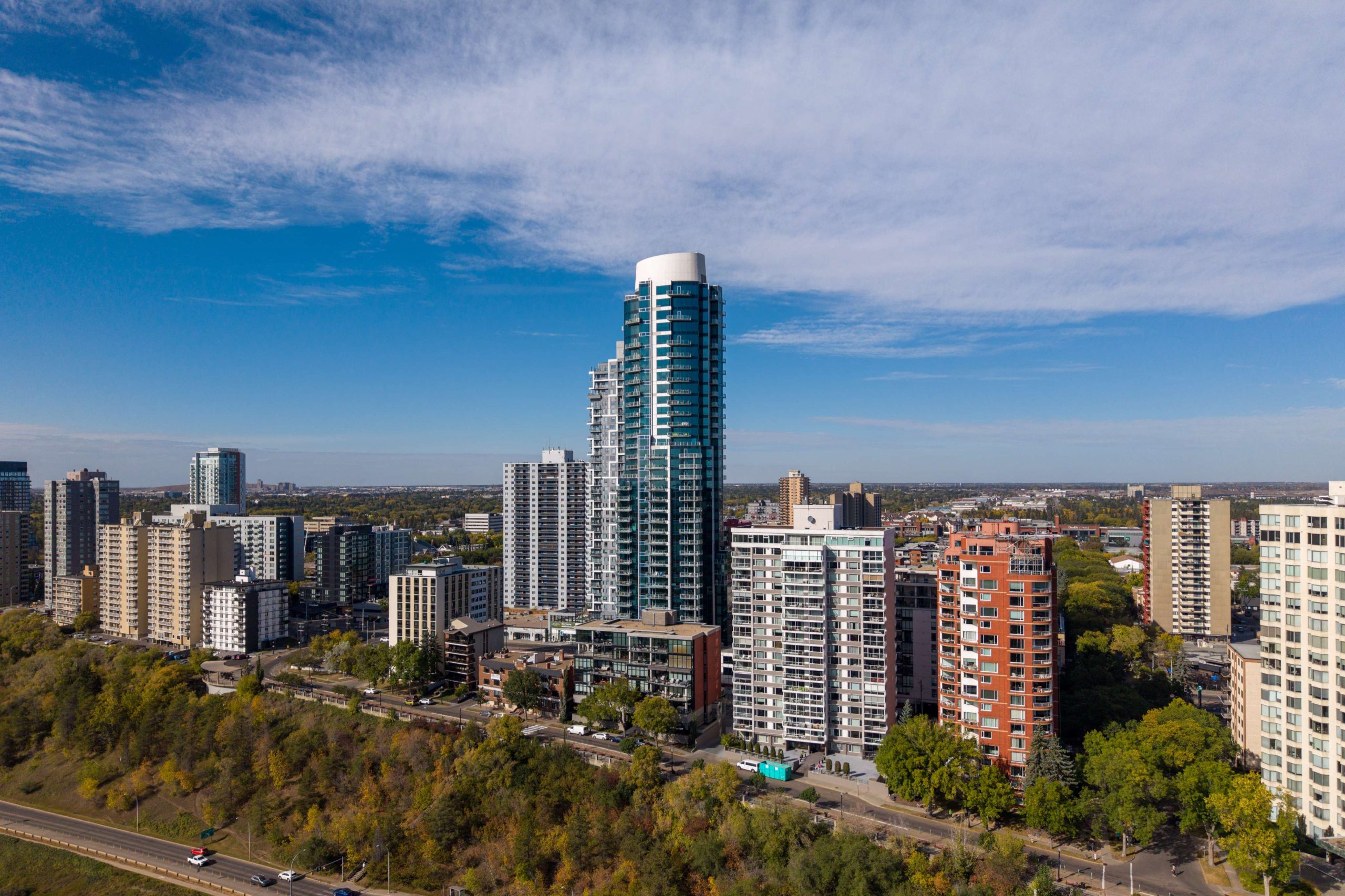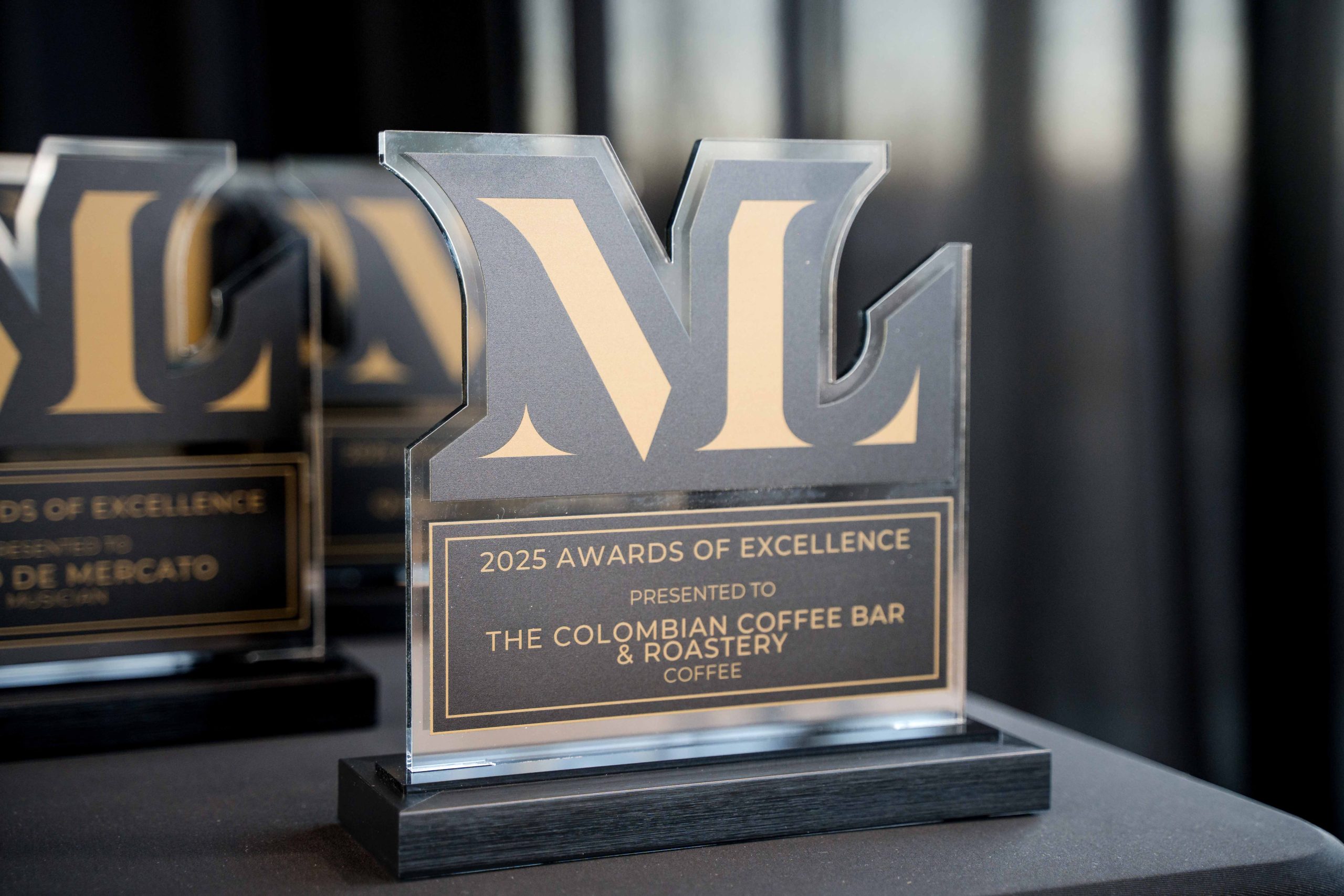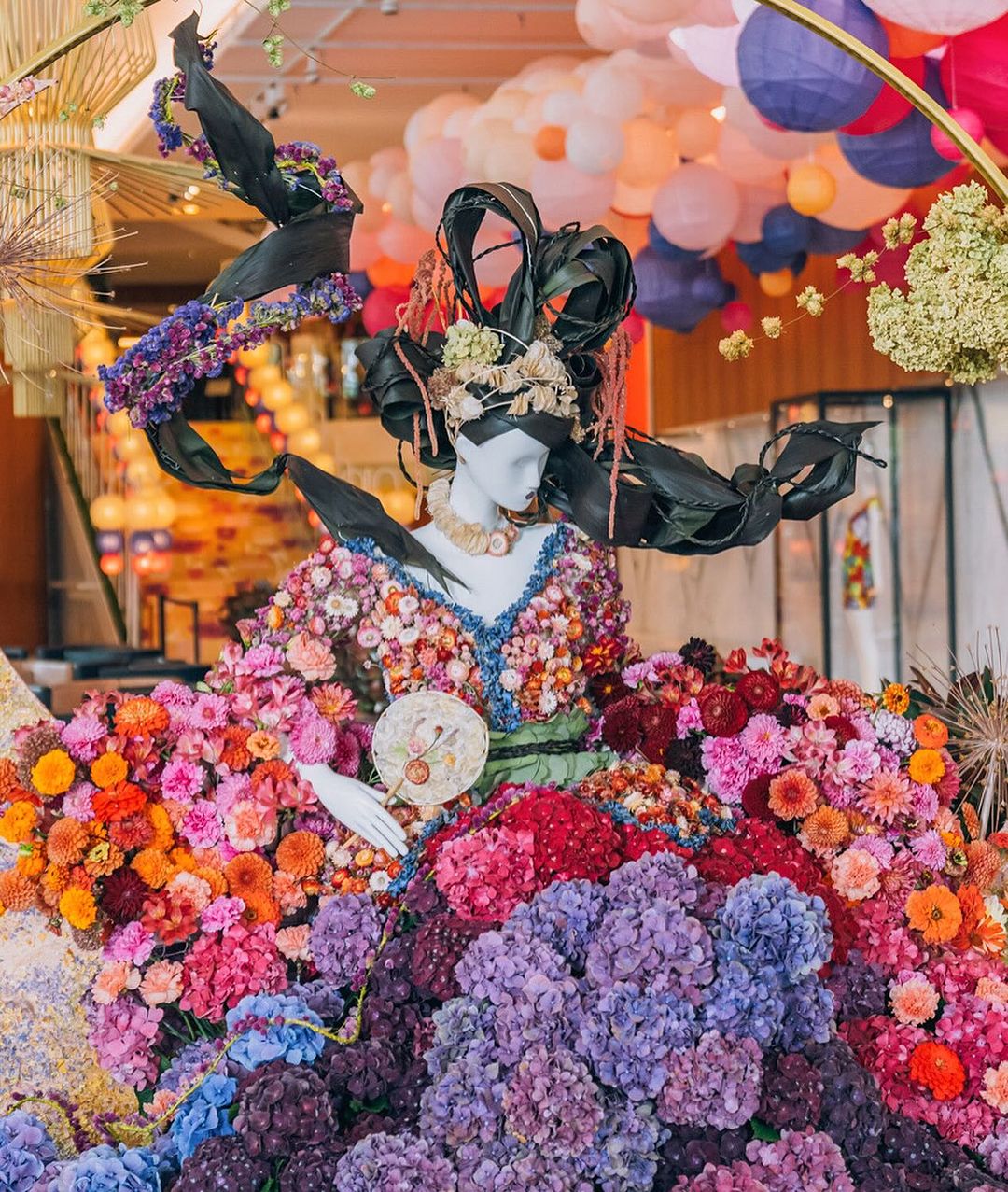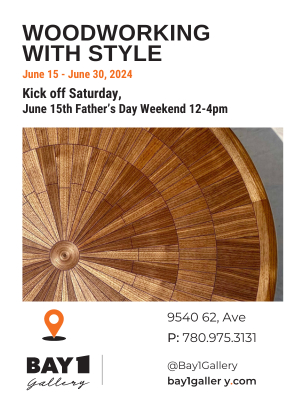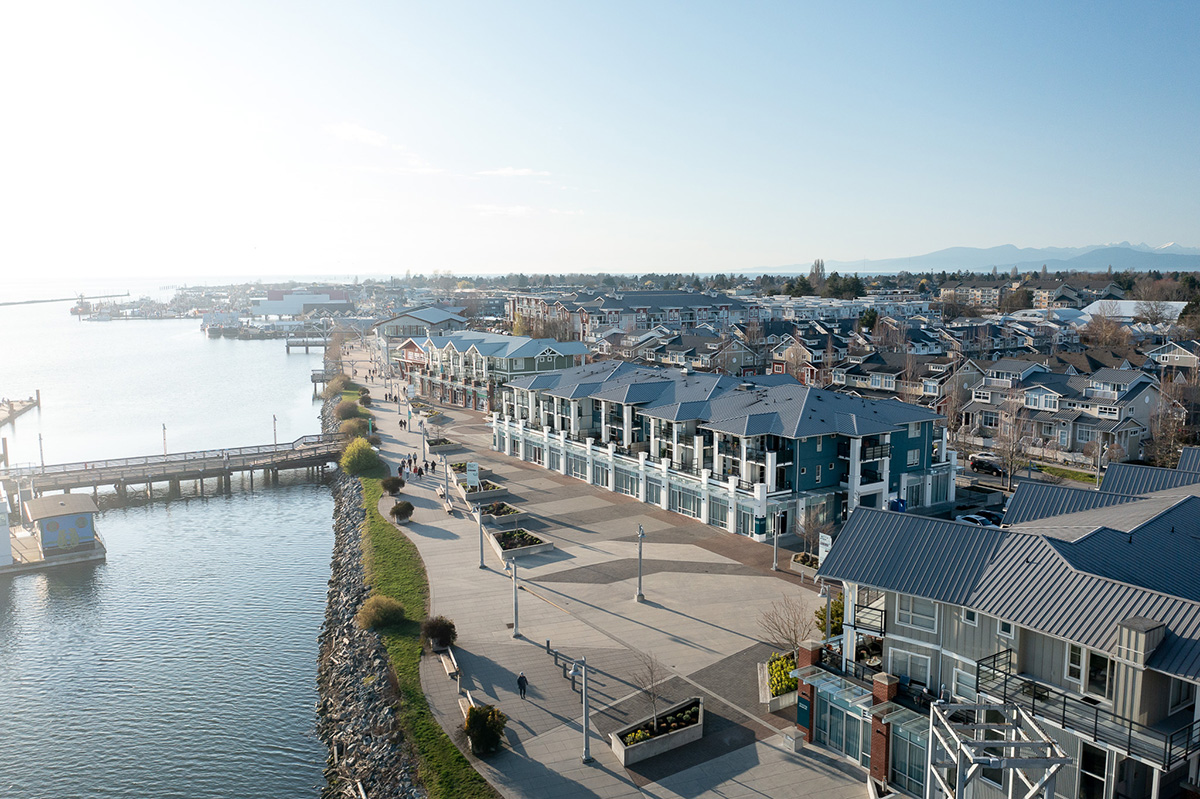A rare jewel in France’s wine crown
Often overshadowed by its Burgundian neighbour to the north, the Rhône Valley in southeastern France offers outstanding quality and ageability without some of the astronomical prices (and waitlists) we see from cult wines of the Côte D’Or. For those who prefer fuller-bodied reds, household-name producers in this region offer fantastic wines made from syrah and grenache. Not as well known, the white wines of the valley are unctuous, complex and flavourful, and have proven able to stand the test of time.
The Rhône Valley of the north is home to well-known producers and notable bottlings of single varietal wines. Chateau Grillet is famous for its 100% viognier wines, while the regions of St. Joseph and Cornas show the world what 100% syrah from France should taste like, which is to say, markedly different from an Australian shiraz.
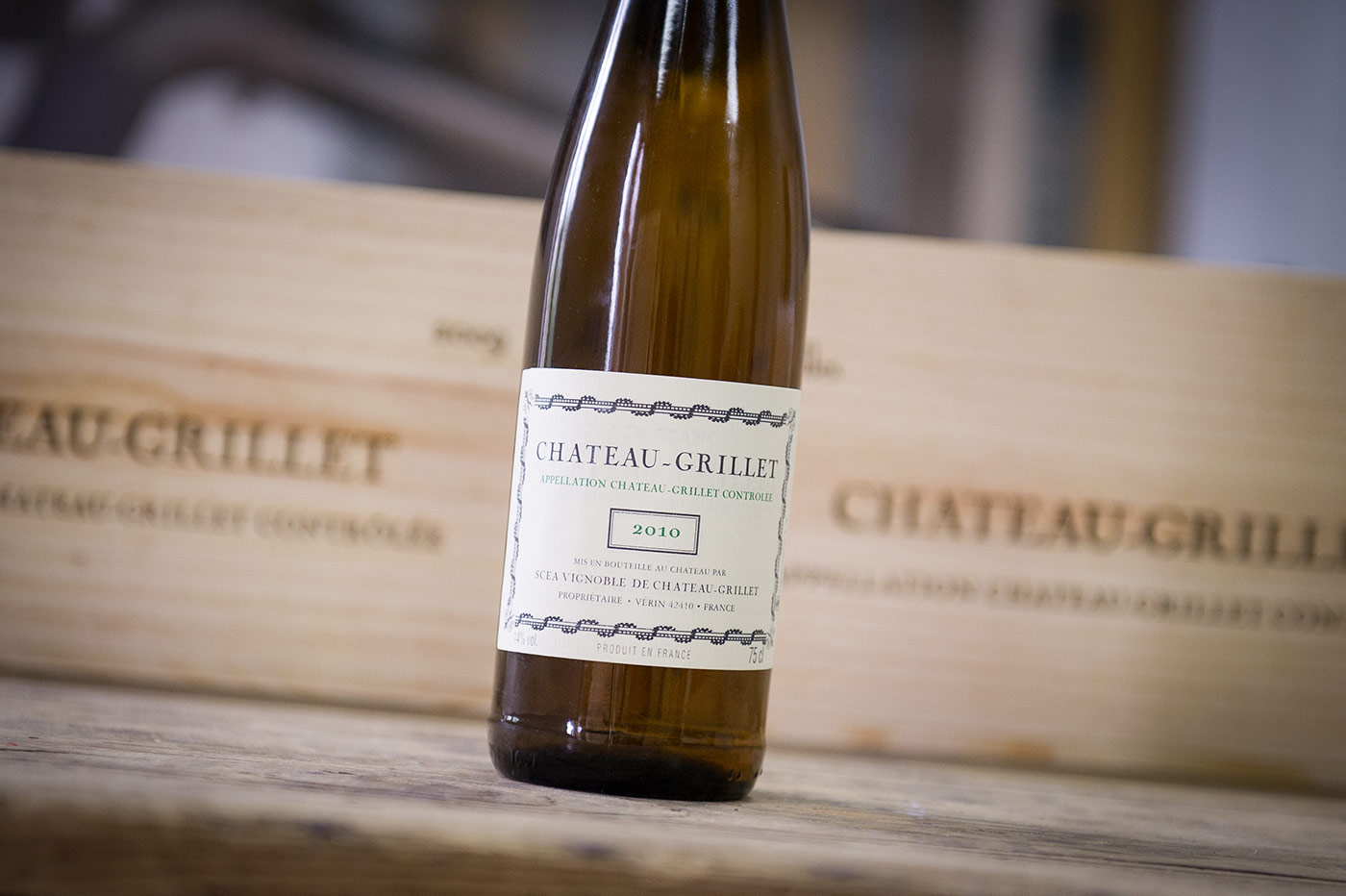
Yves Cuilleron is a three-generation estate creating wines from the northern appellations of the Rhône Valley. The appellation of Cornas sits at the southernmost part of northern Rhône where all red wines that bear the AOC designation are made with 100% syrah, the king red grape of this region. Yves Cuilleron ‘Le Côtes’ is made of grapes from a vineyard planted in 1911, the oldest plot on the property. Black fruits, smoked meat, and black pepper dominate; typical of the grape variety. Ample and complex on the palate, put this wine away for 10-plus years for even more velvety smoothness.
Franciocorta, a variety from the Lombardia region of northern Italy, might very well be considered the Champagne of Italy. Unbeknownst to many, the traditional method sparkling wines of Italy have far longer ageing requirements than those of Champagne which gives the wines more texture, flavour and complexity. In addition, although Franciocorta (and other high-end sparkling wines of Italy) may not have the caché of Champagne, they are elegant, luxurious and more budget friendly than their famous French counterpart. Barone Pizzini has been family-owned since 1870, and is a winery of firsts: they were the first to be registered as a DOC, a quality designation within Italy; the first to produce an organic Franciocorta, and the first to win best organic sparkling in the world with the Barone Pizzini Rosé. Made from 100% Pinot Nero, notes of blueberry, red currant and rose petals are interwoven with rich flavour, structure and acidity. A perfect wine to share with your sweetie on Valentine’s Day.
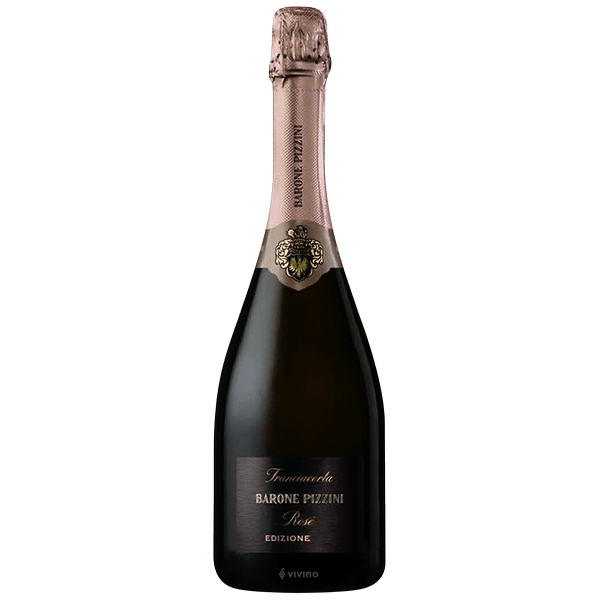

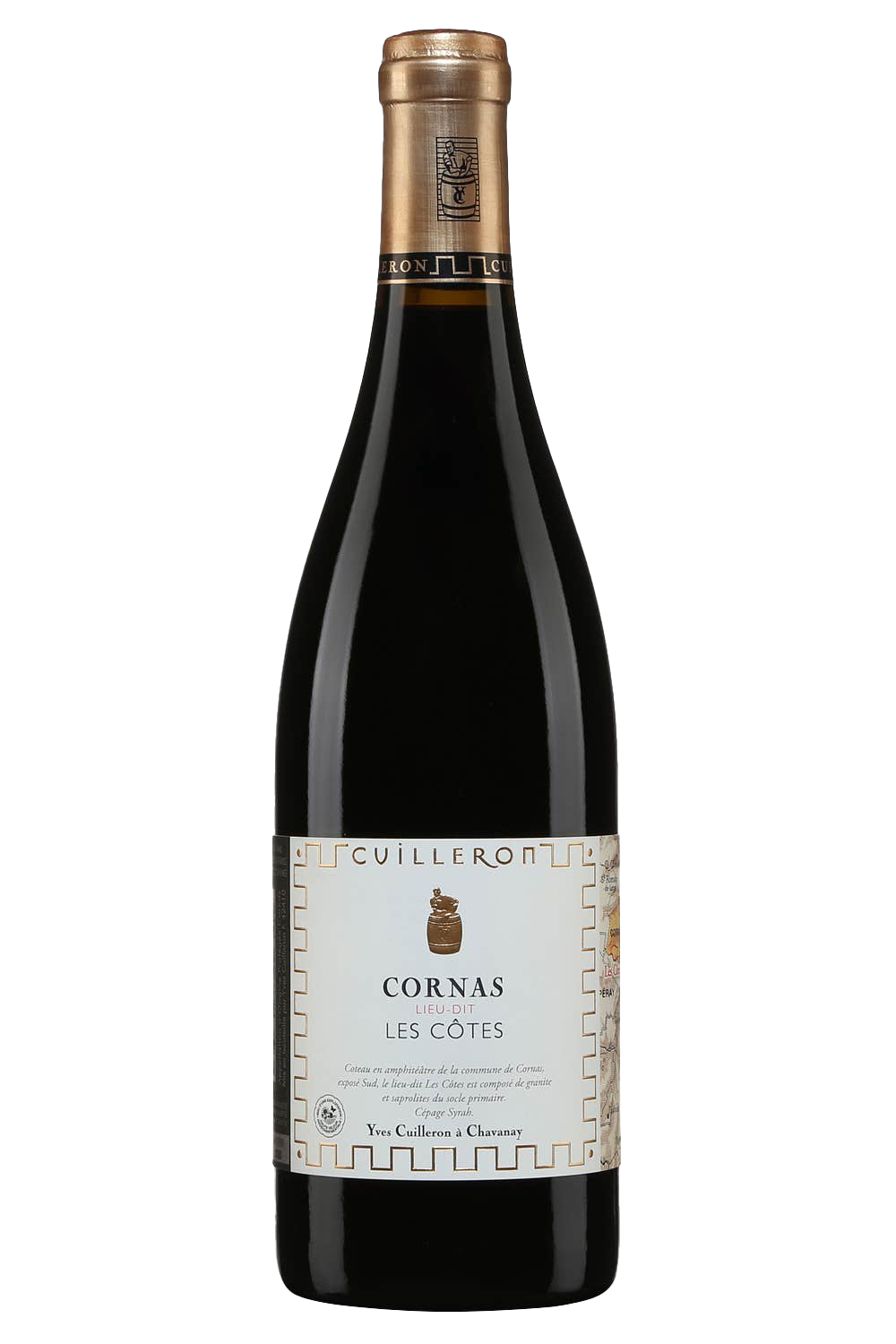
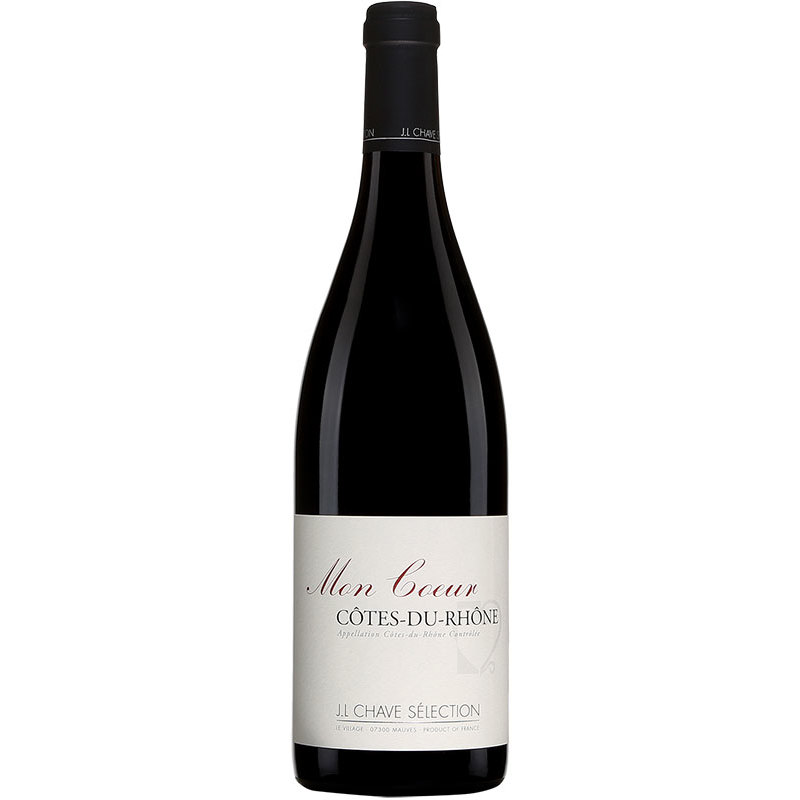
Wines labeled as Côtes du Rhône are sourced from grapes in the south and are usually (but not always) blended. The wines might be considered generic, but for many producers, there is nothing generic about them. Jean-Louis Chave, known as one of the most iconic producers for his singular expressions of both red and white Hermitage wines, makes a humble, yet delicious expression of the Côtes du Rhône. Called JL Mon Coeur (“my heart”), it is a marriage of grenache, syrah, and mourvèdre—the classic GSM blend of the region. This wine has a core of dark fruits with ripe tannins and would be a perfect addition to a table of barbecued meats.
The region of Châteauneuf-du-Pape in the southern Rhône is not only complicated to say, but the rules surrounding this tiny region baffle even the finest learned wine minds. Translated to “new castle of the pope,” the name of this appellation stems from when the papacy was in Avignon, and various popes would use the nearby village of Châteauneuf to spend the summers. One pope in particular, John XXII, loved it so much that he built a castle there, and the region of Châteauneuf-du-Pape was born. The red wines, although made with mostly grenache, can also have 12 additional grape varieties added. The white wines of Châteauneuf-du-Pape are considered rare but should no less be a part of a collector’s cellar. In Alberta, there is a surprising number of bottles from which to choose. Ferme du Mont is a small, family-owned property in southern Rhône in this famed appellation. The “Vendage” wine features four white grape varieties that bring aromas and flavours of quince, beeswax, white truffles and wildflowers, all harmoniously blended for a rich, mouth-filling, and complex wine.
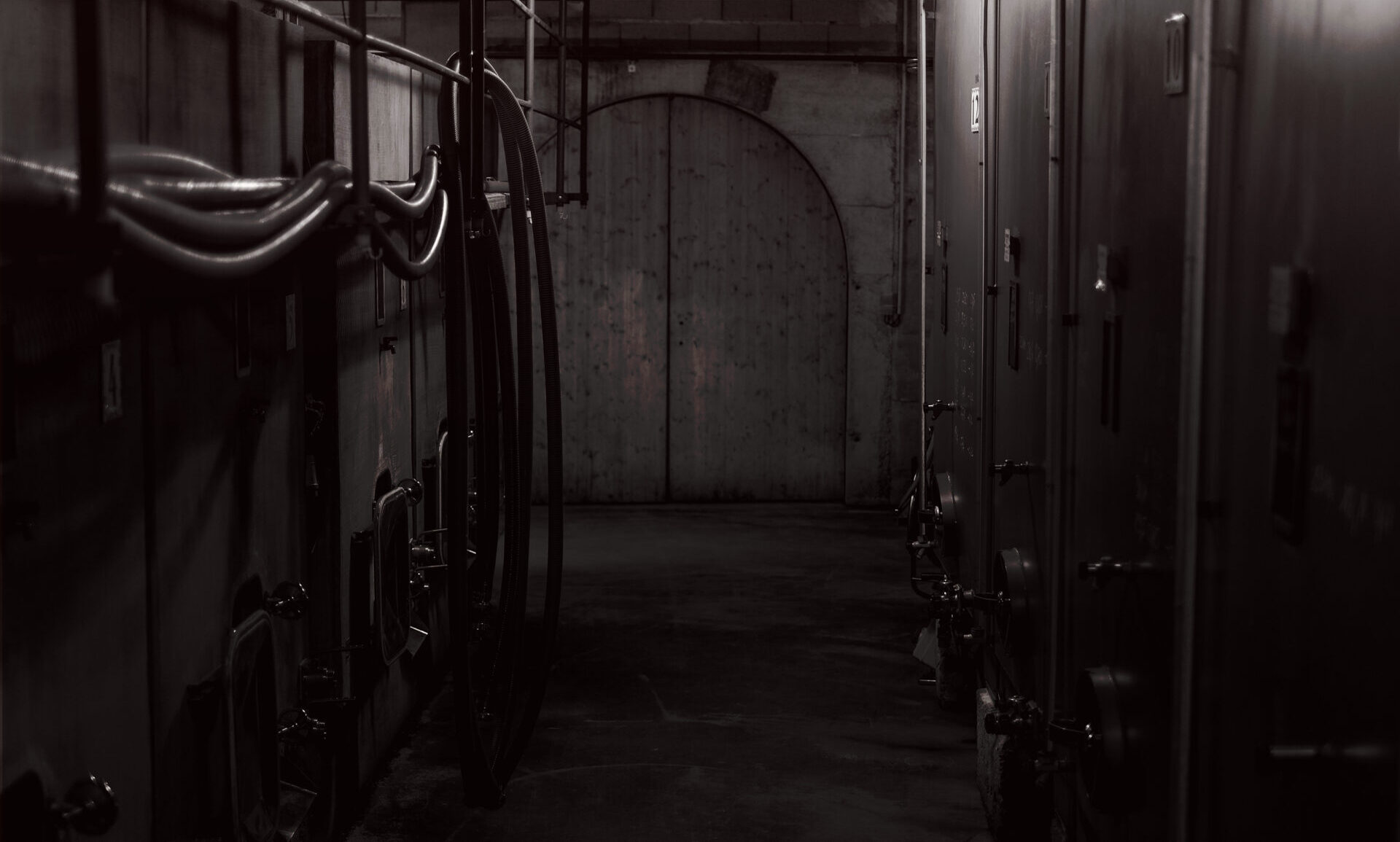
Places To Be
See this month's local flavours, products, and services.




